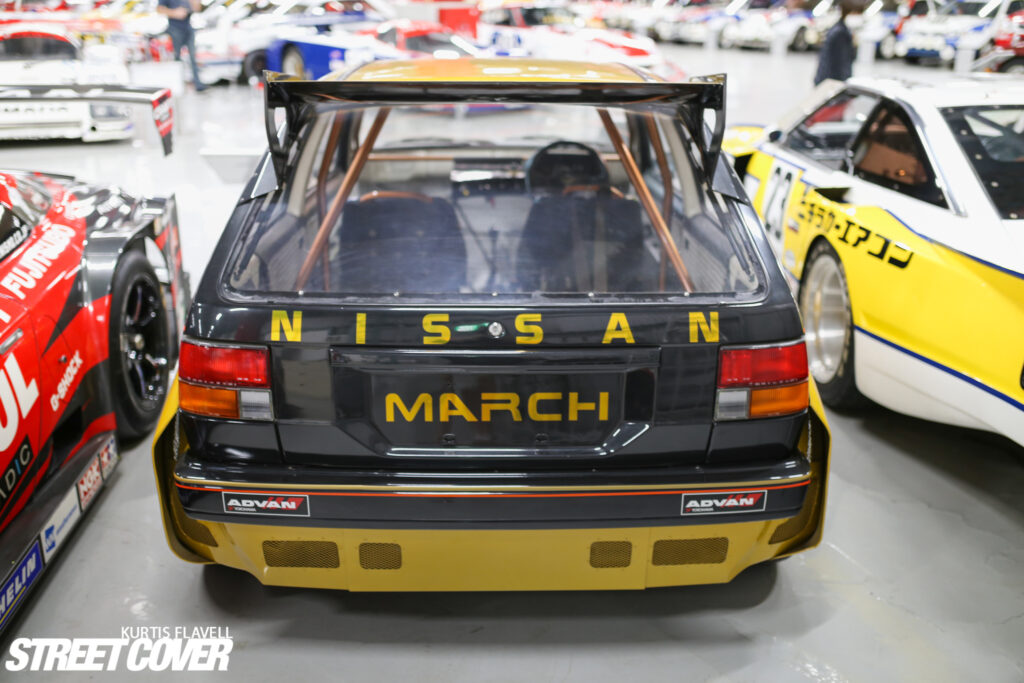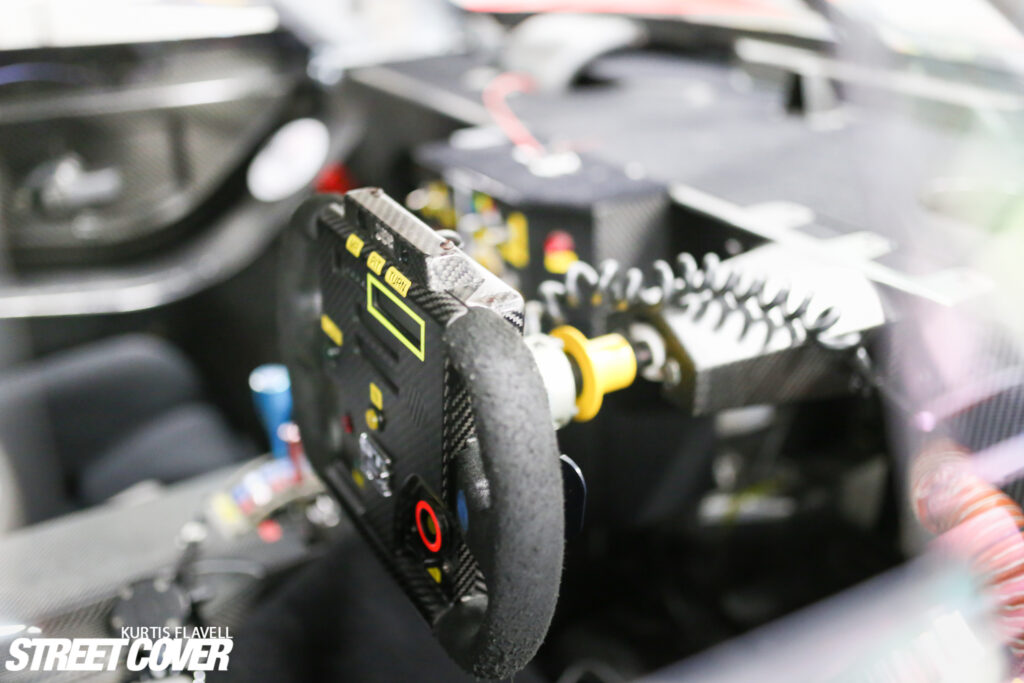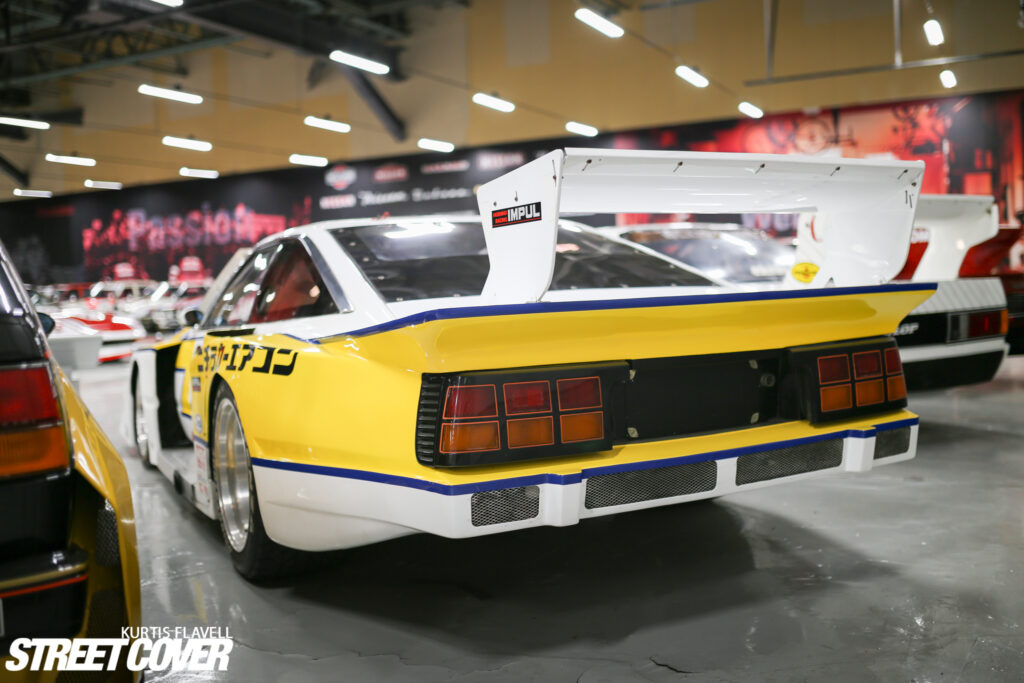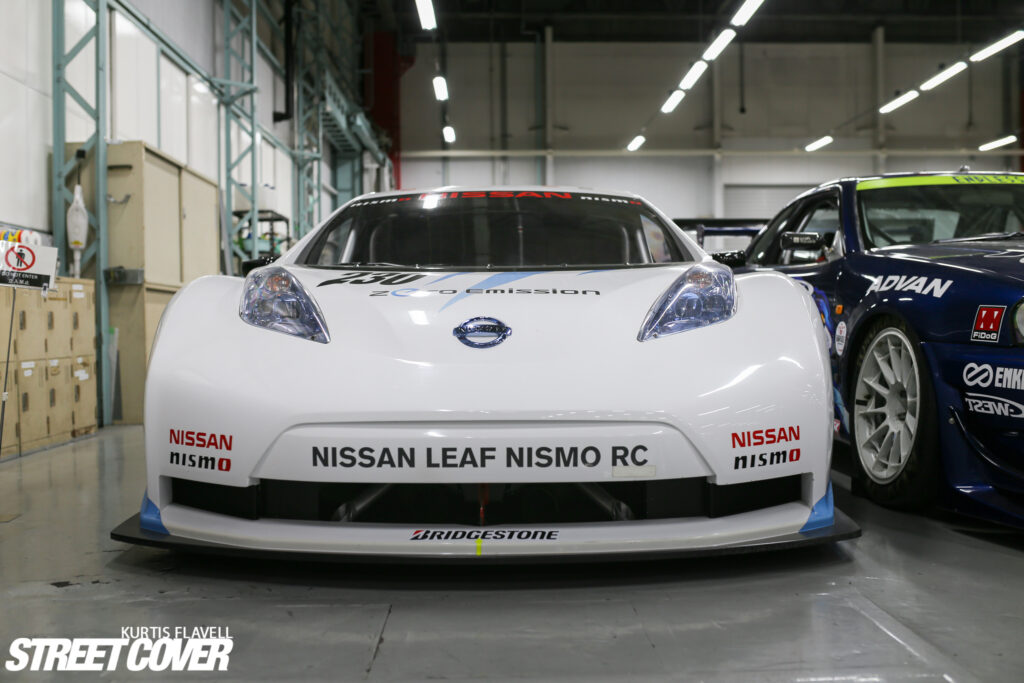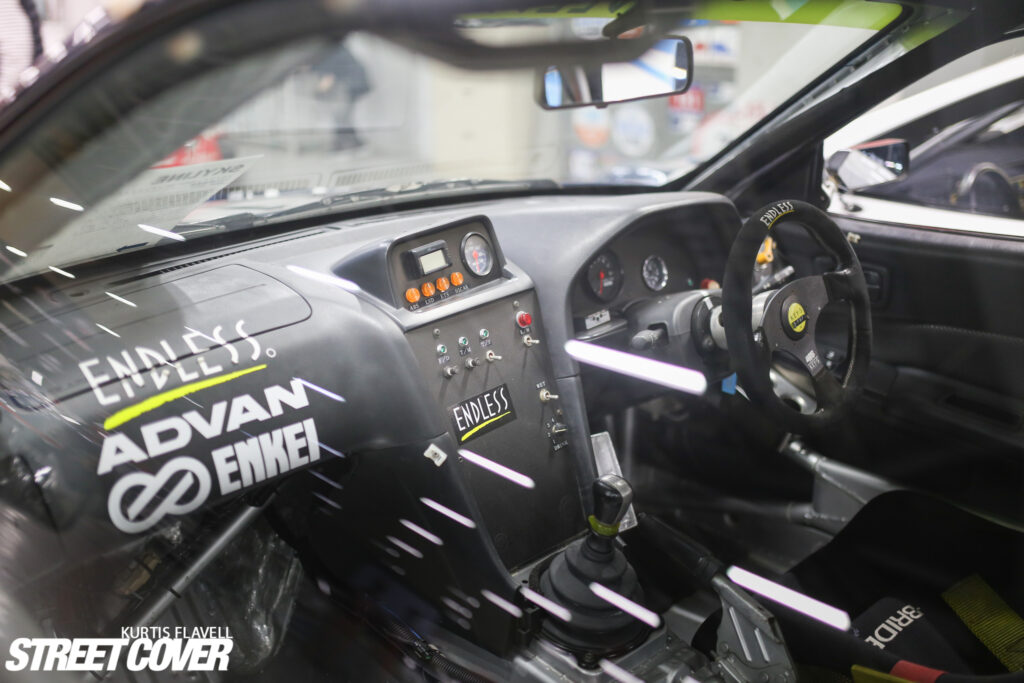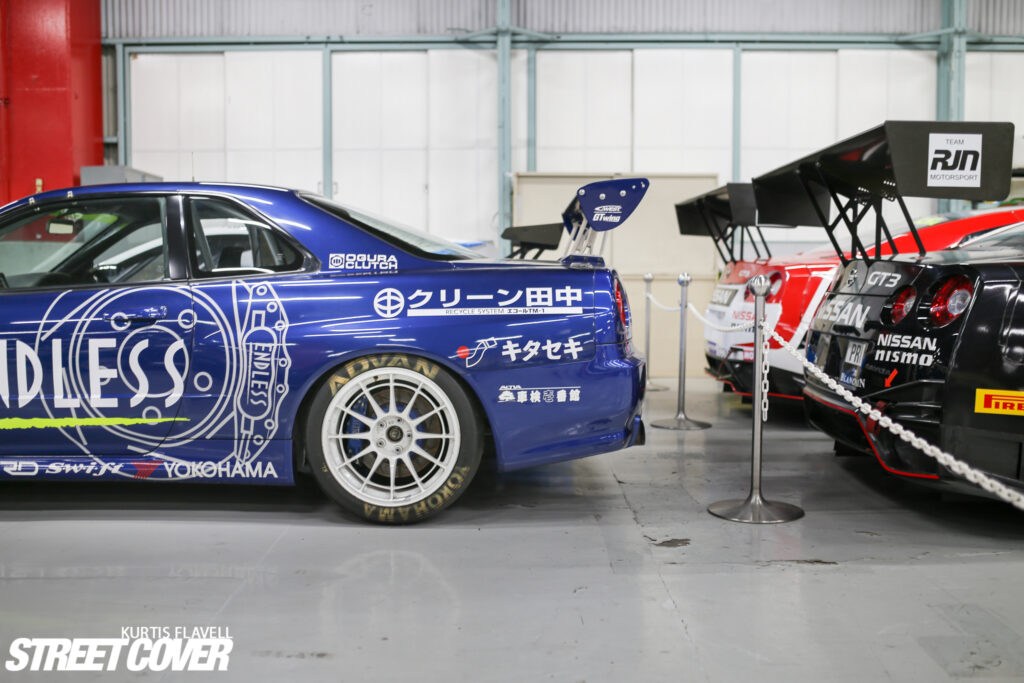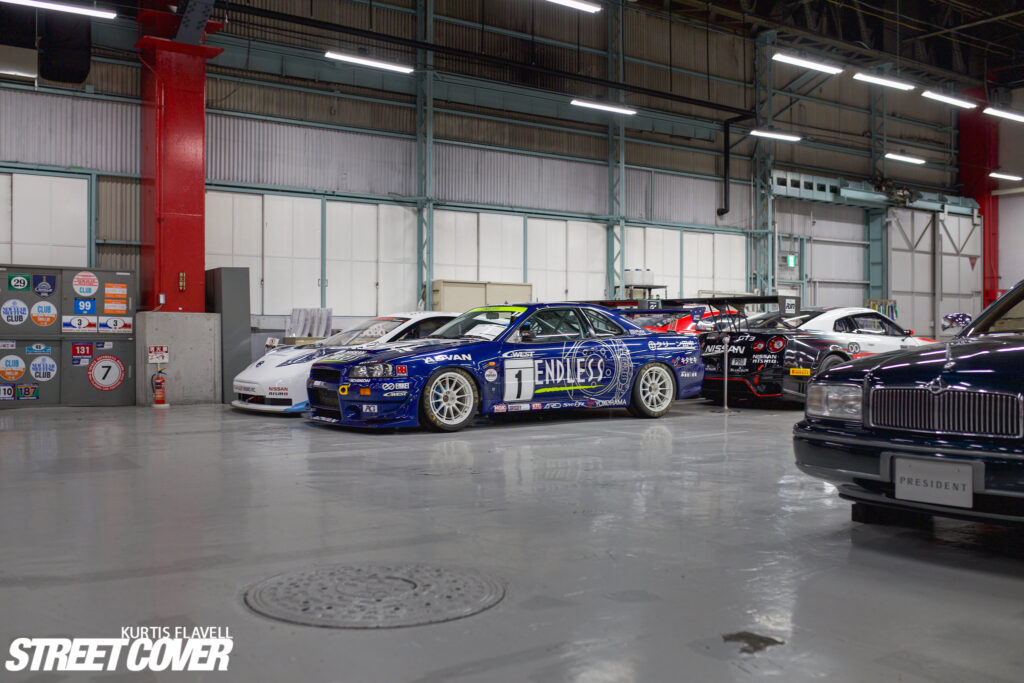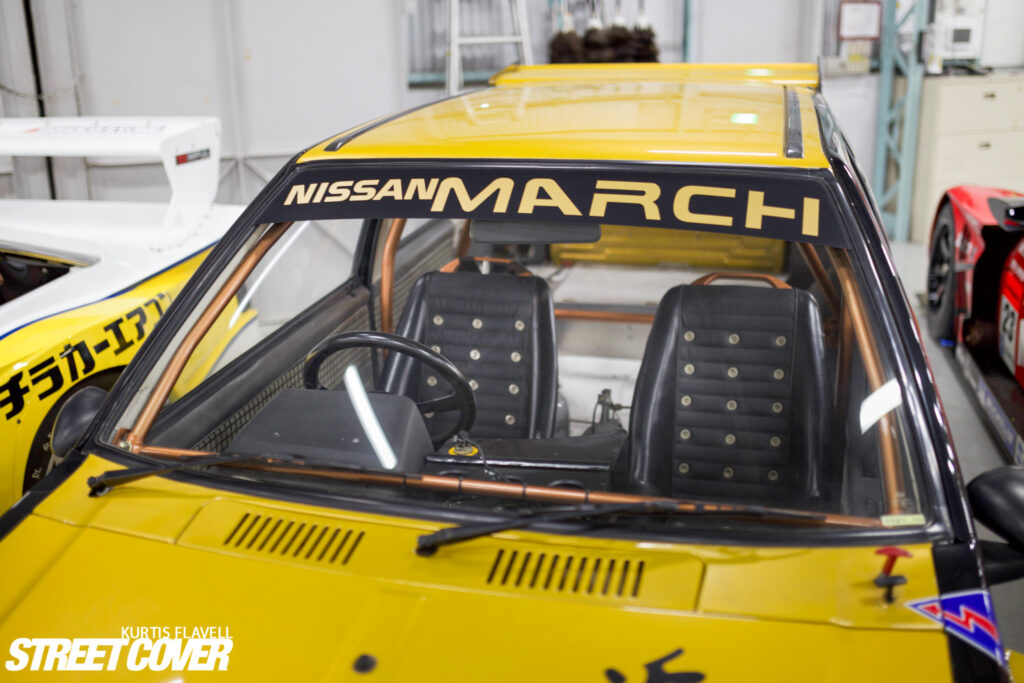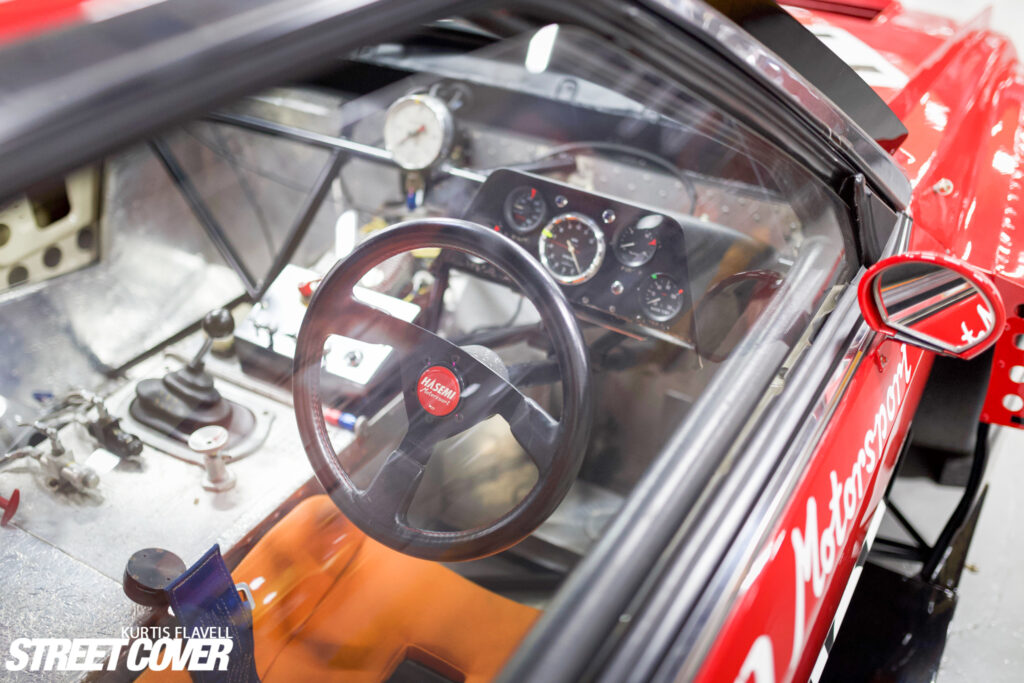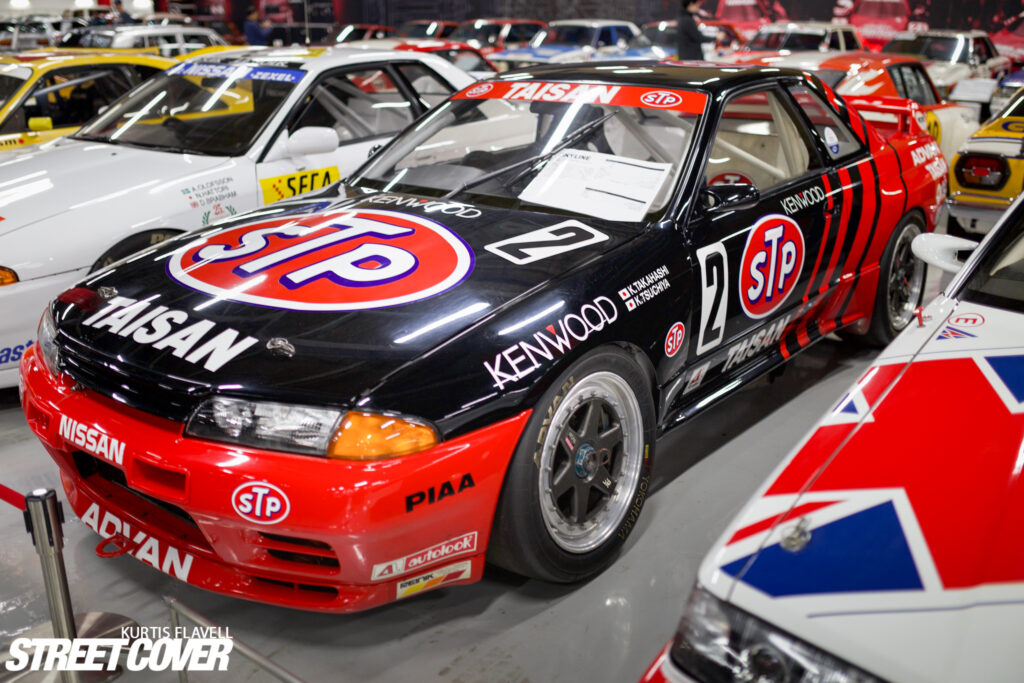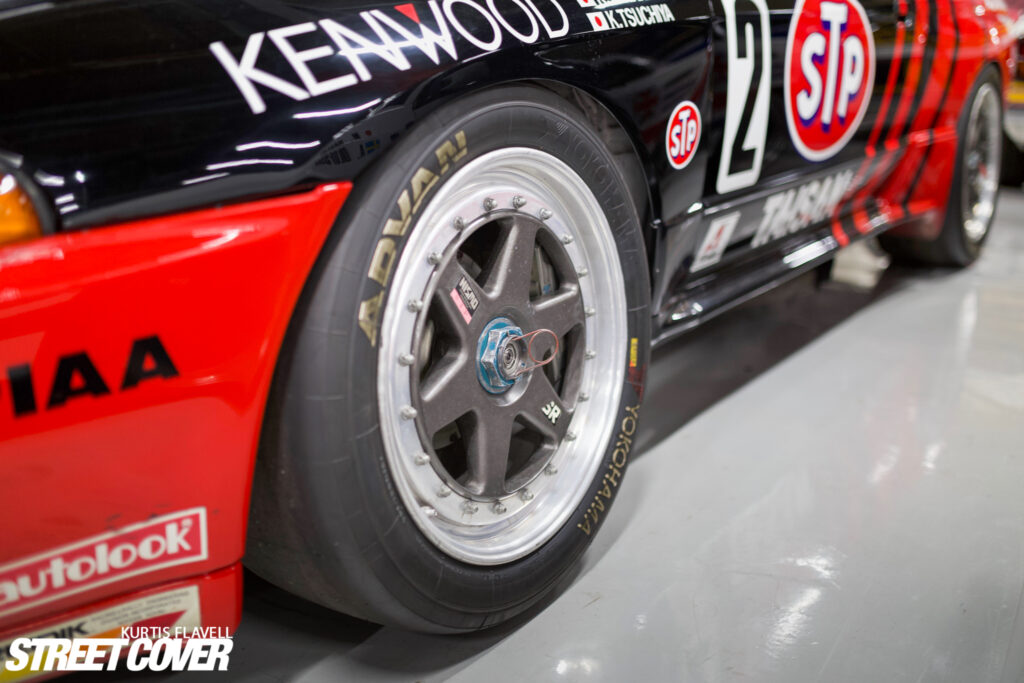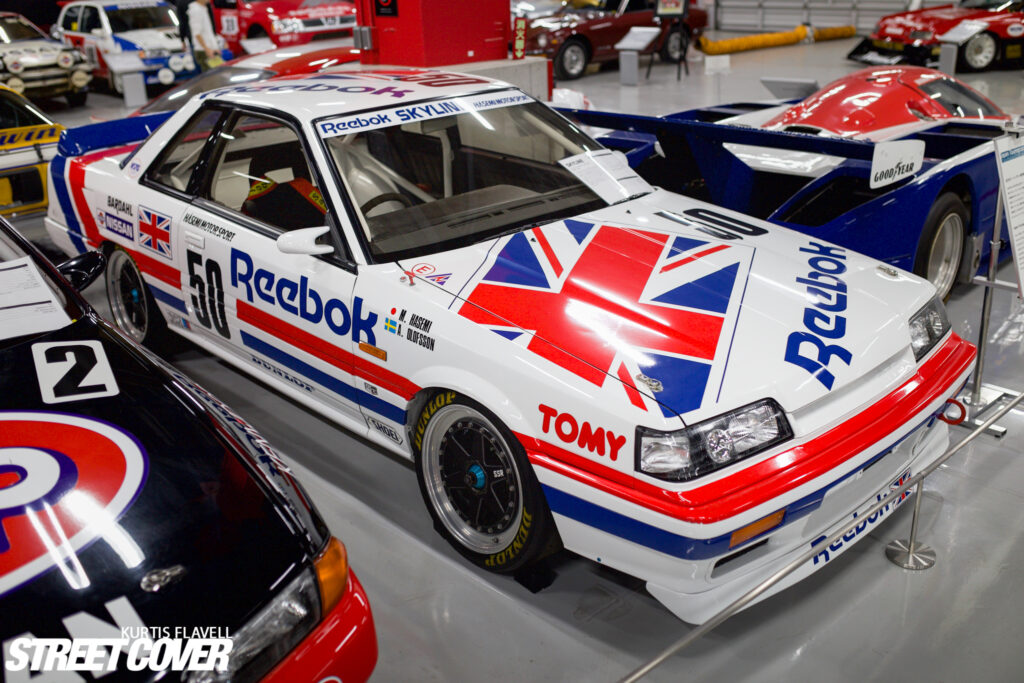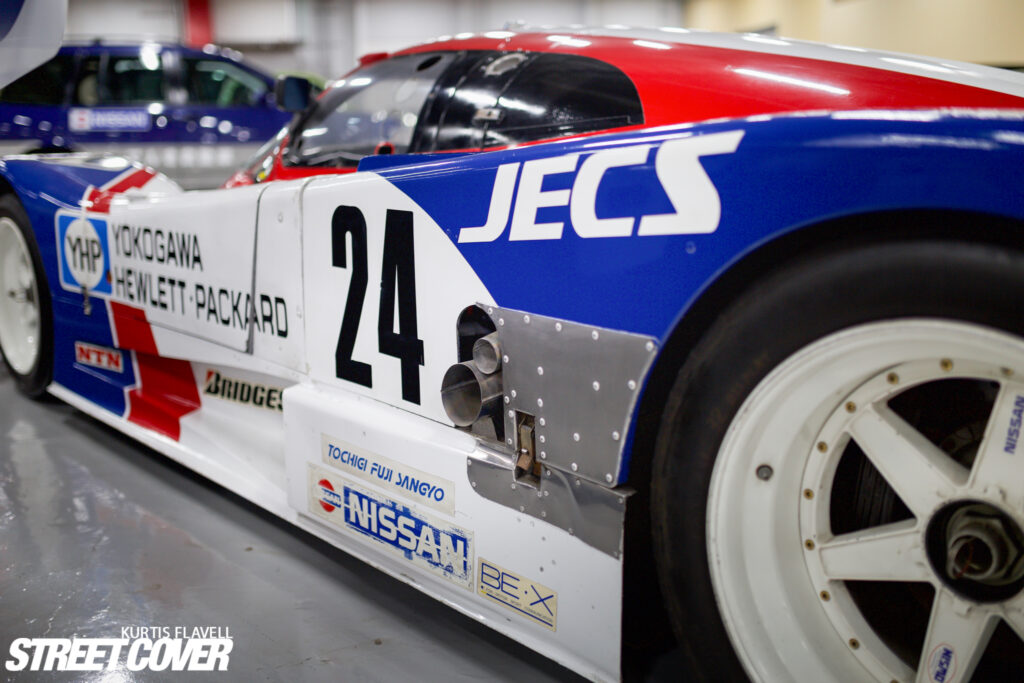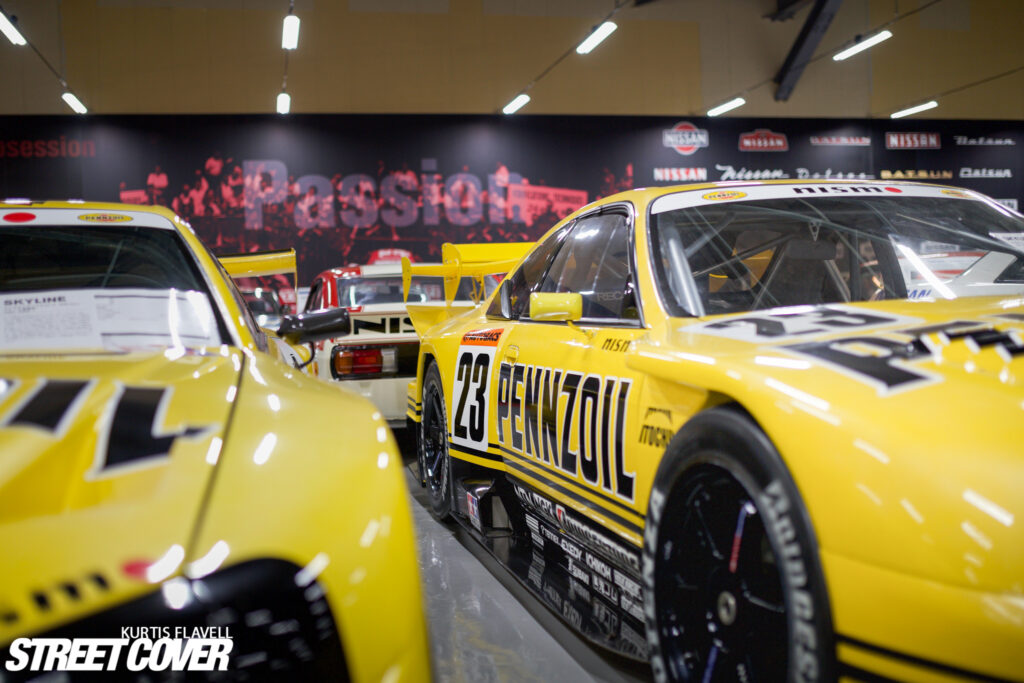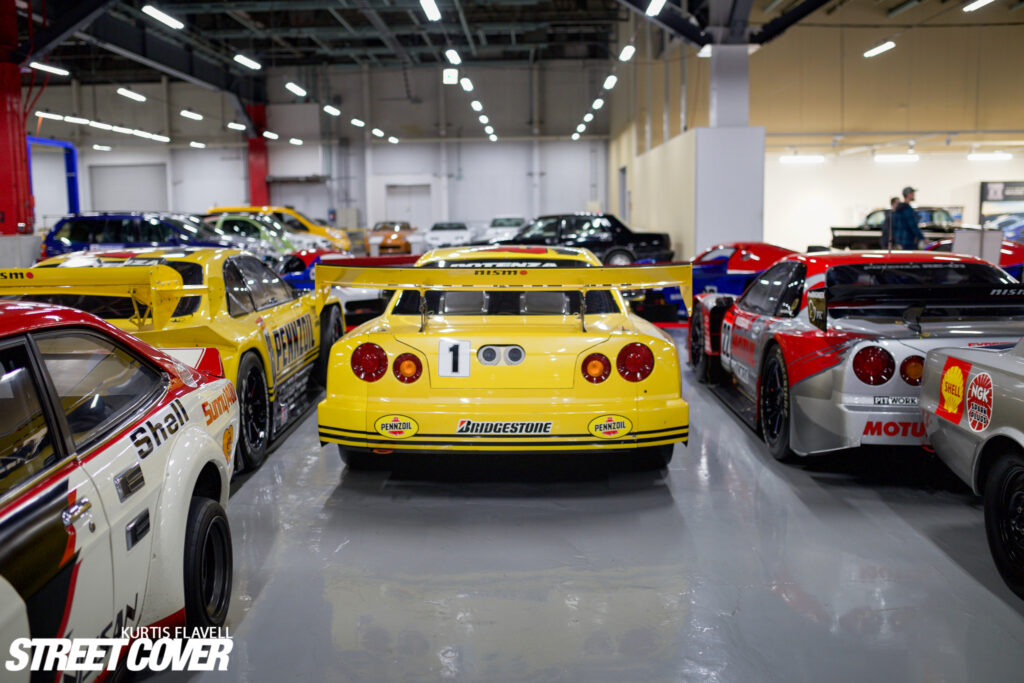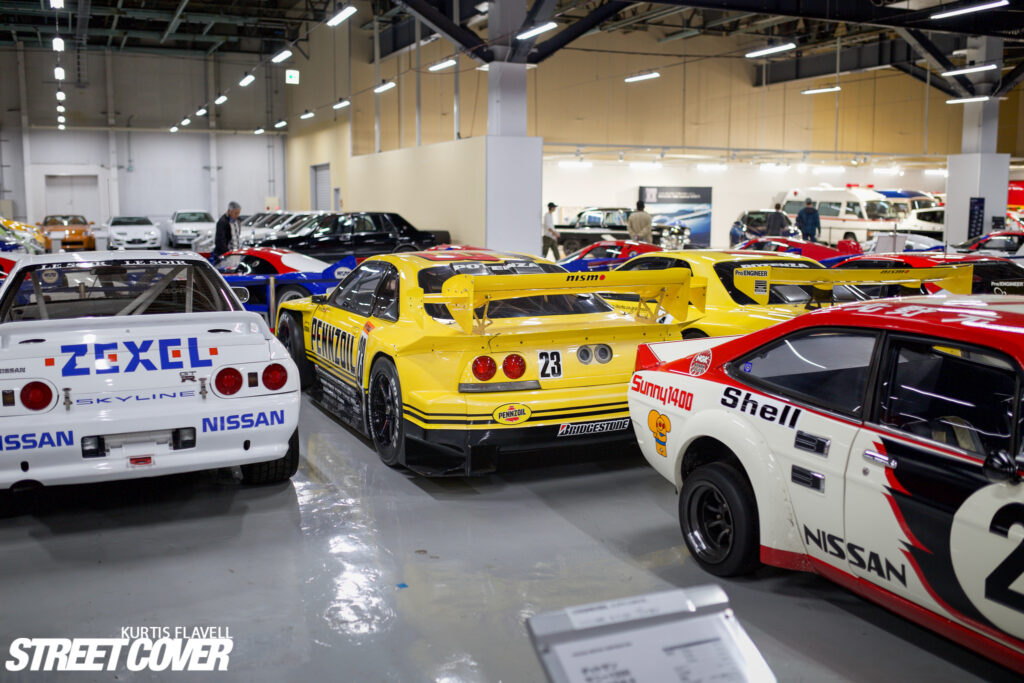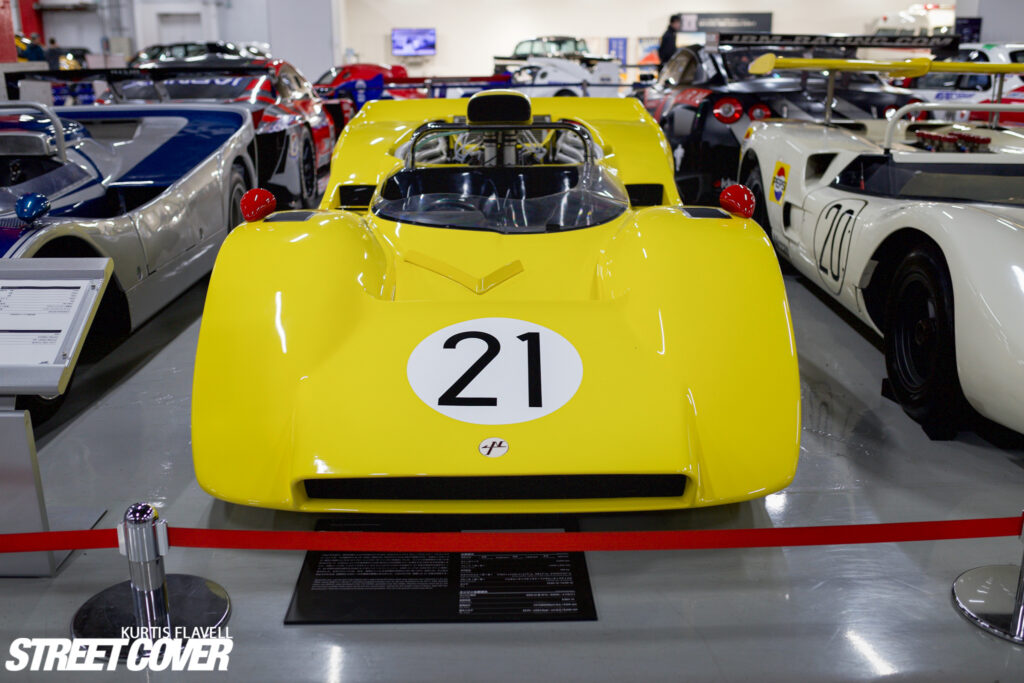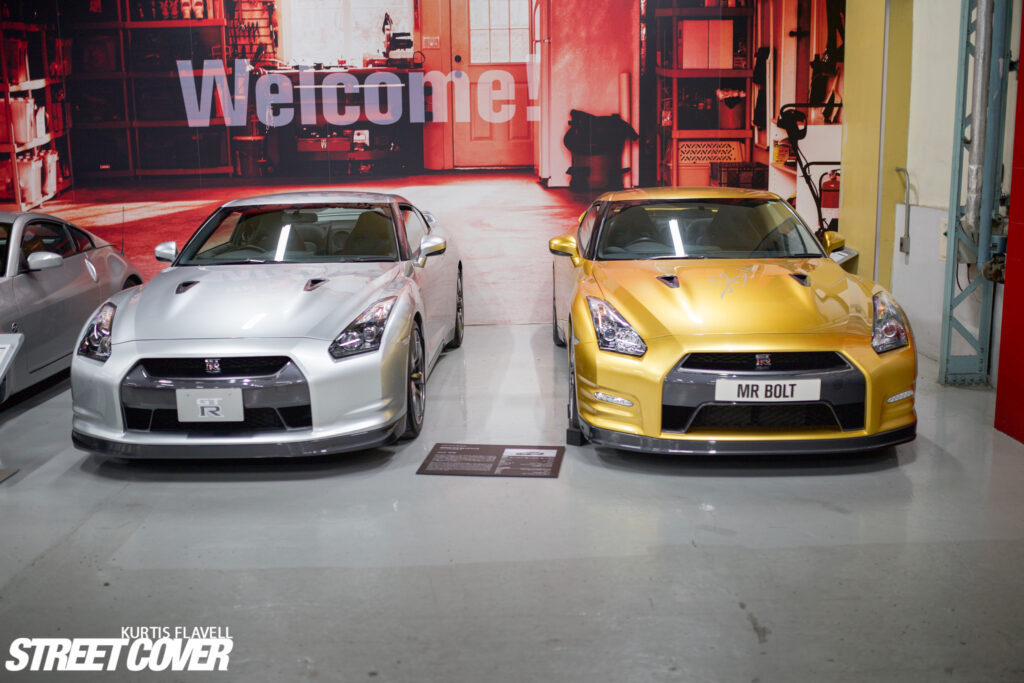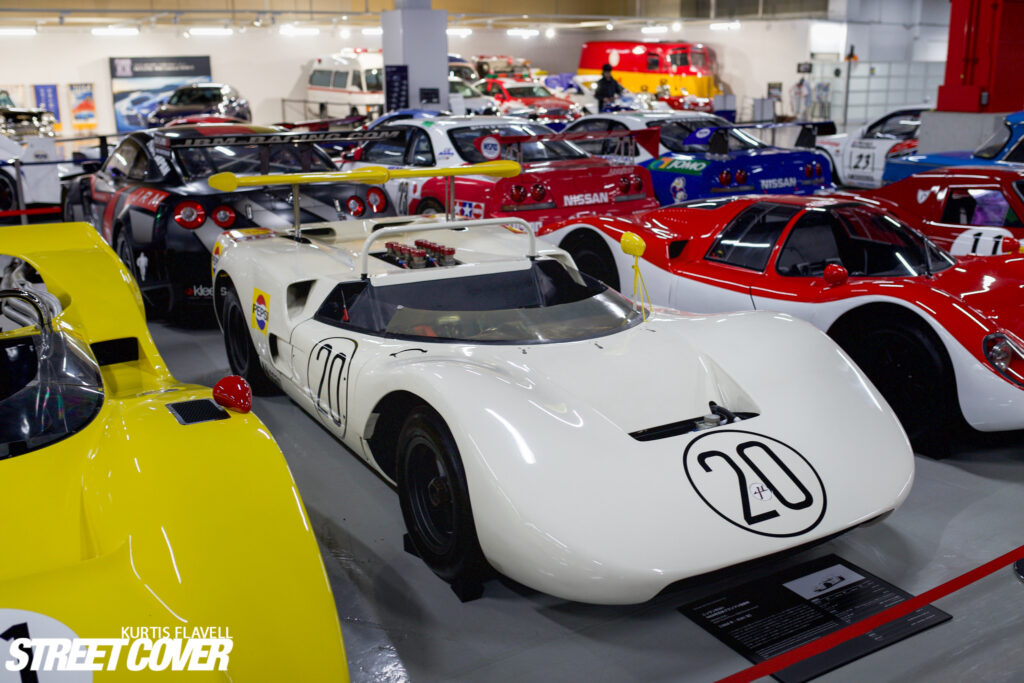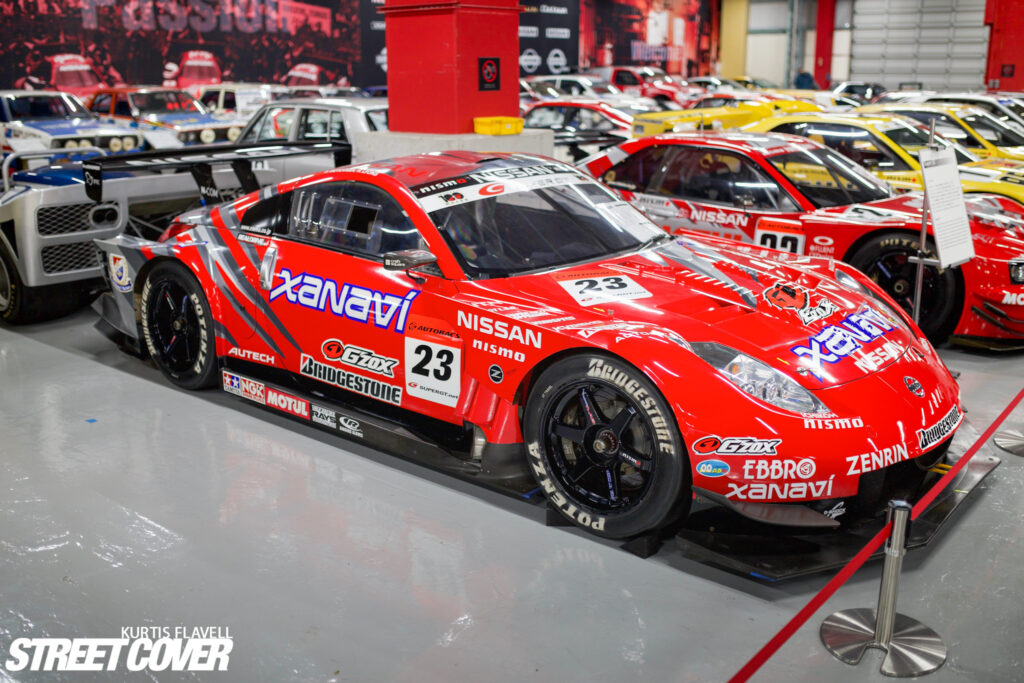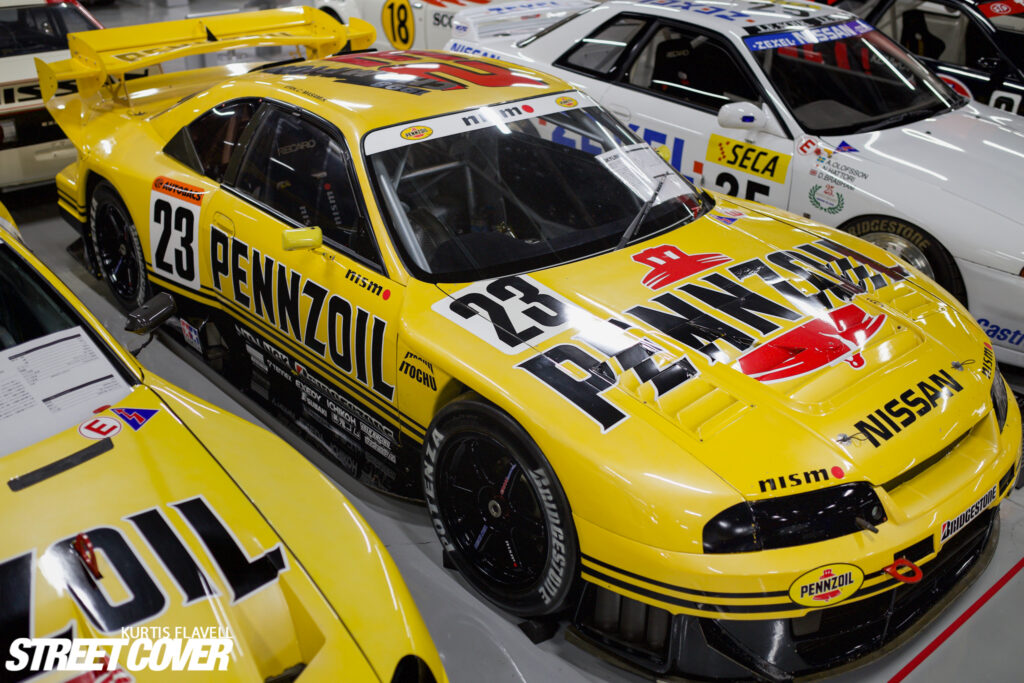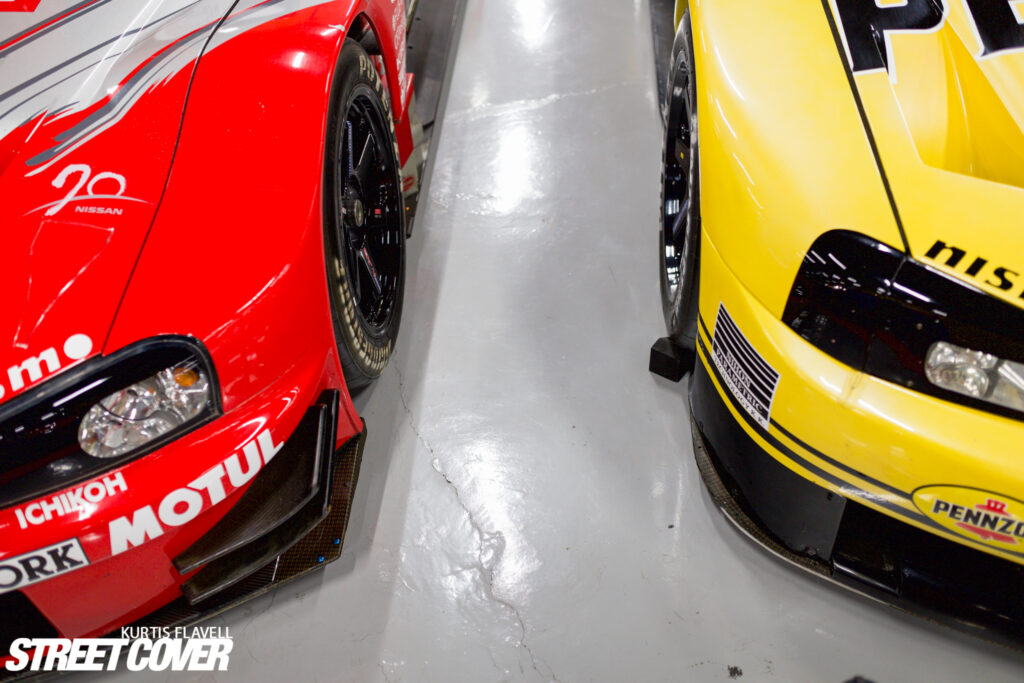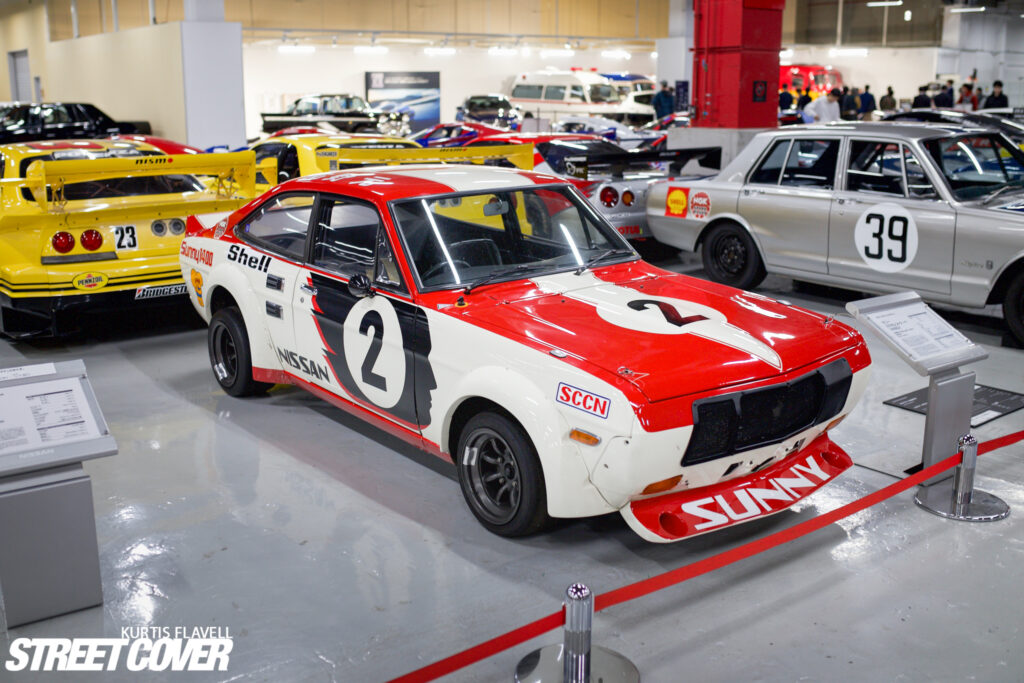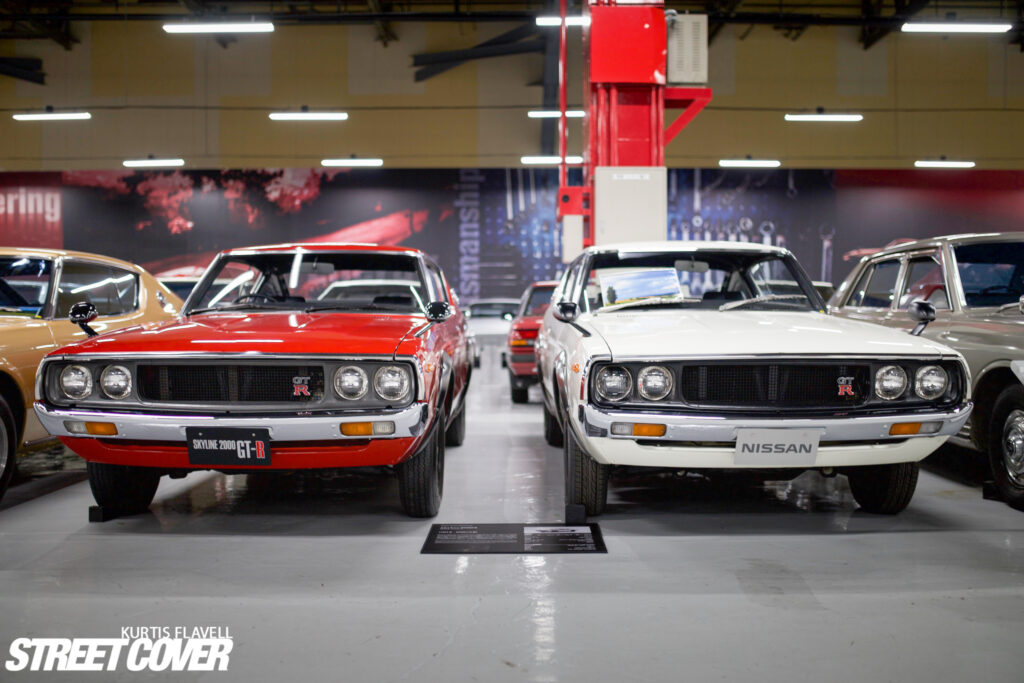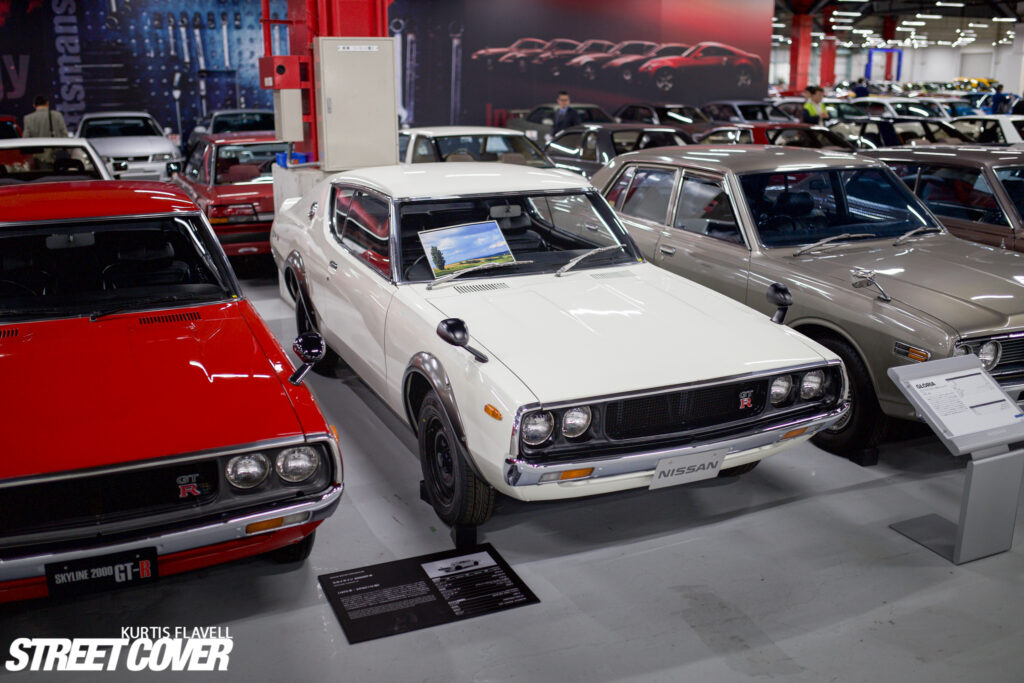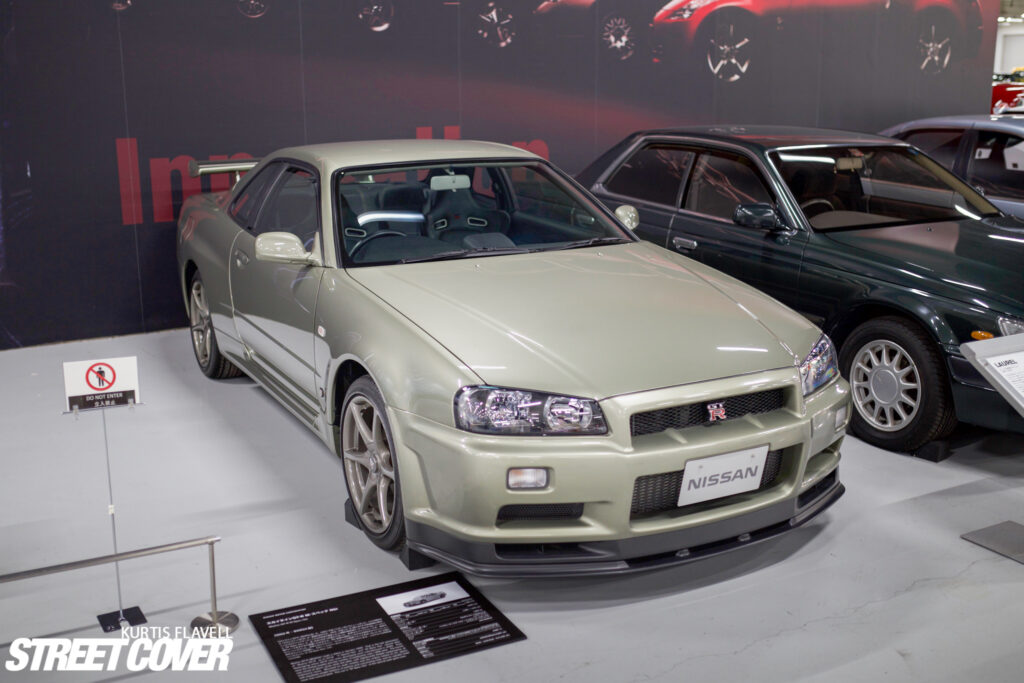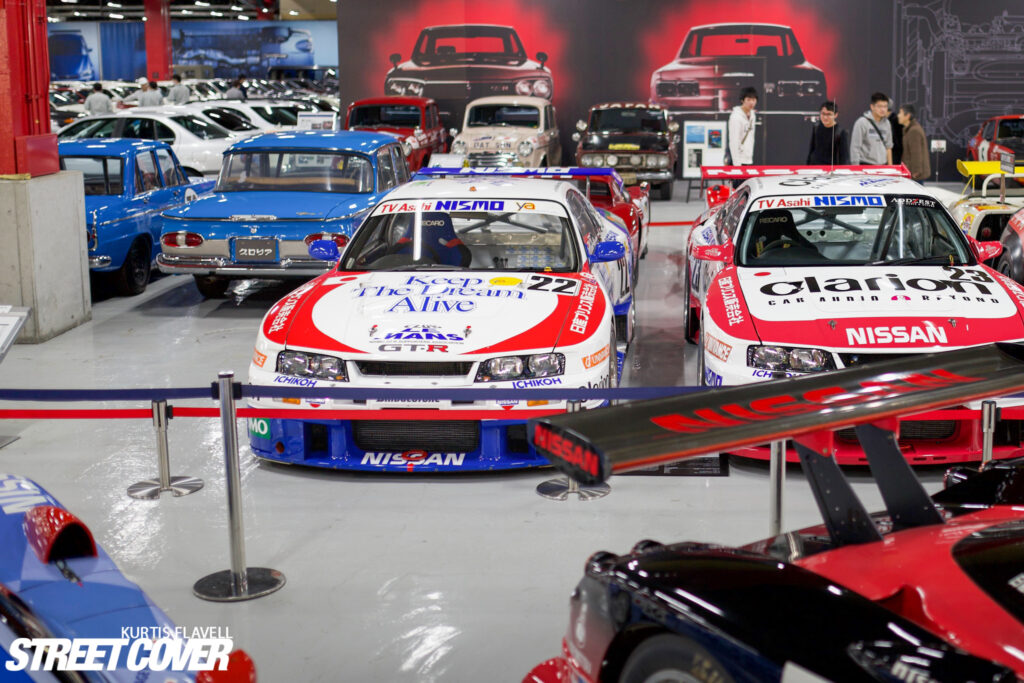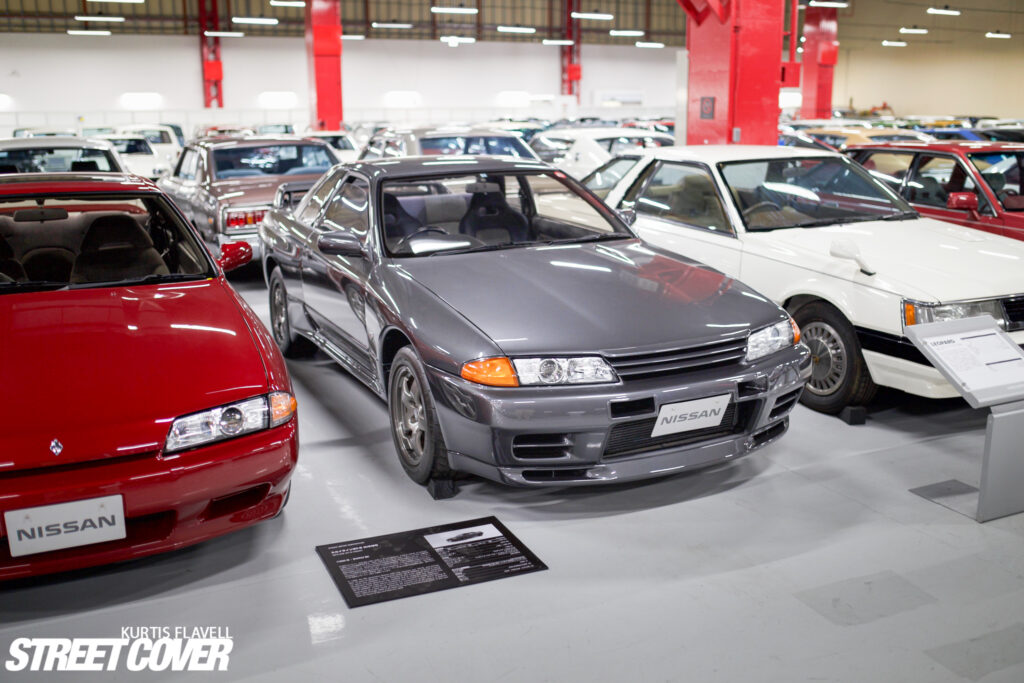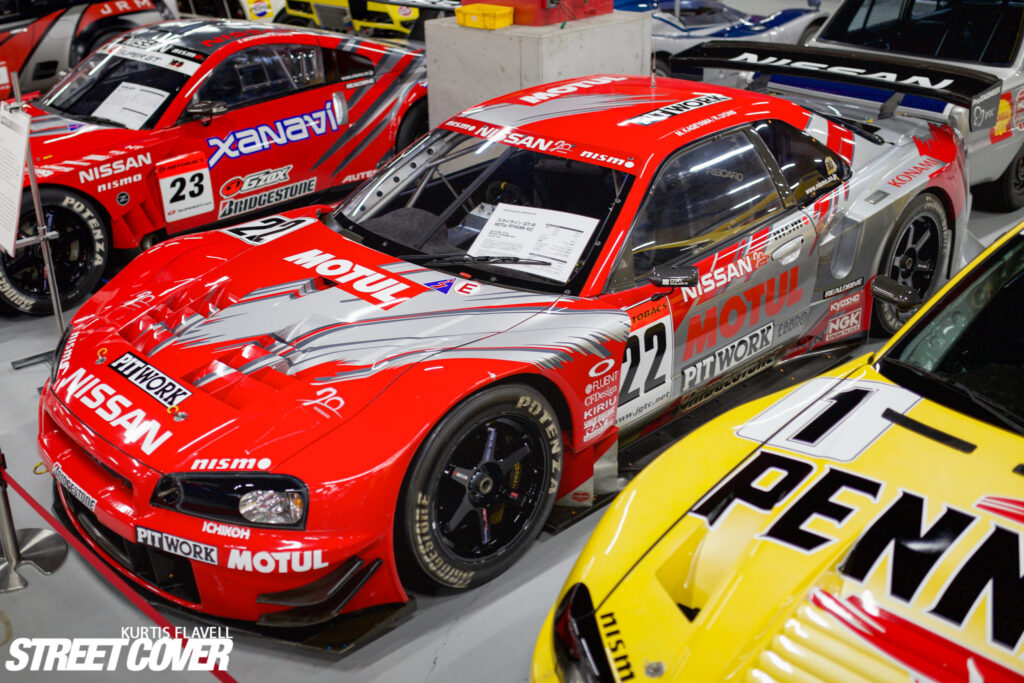Memory Lane – Zama 座間市
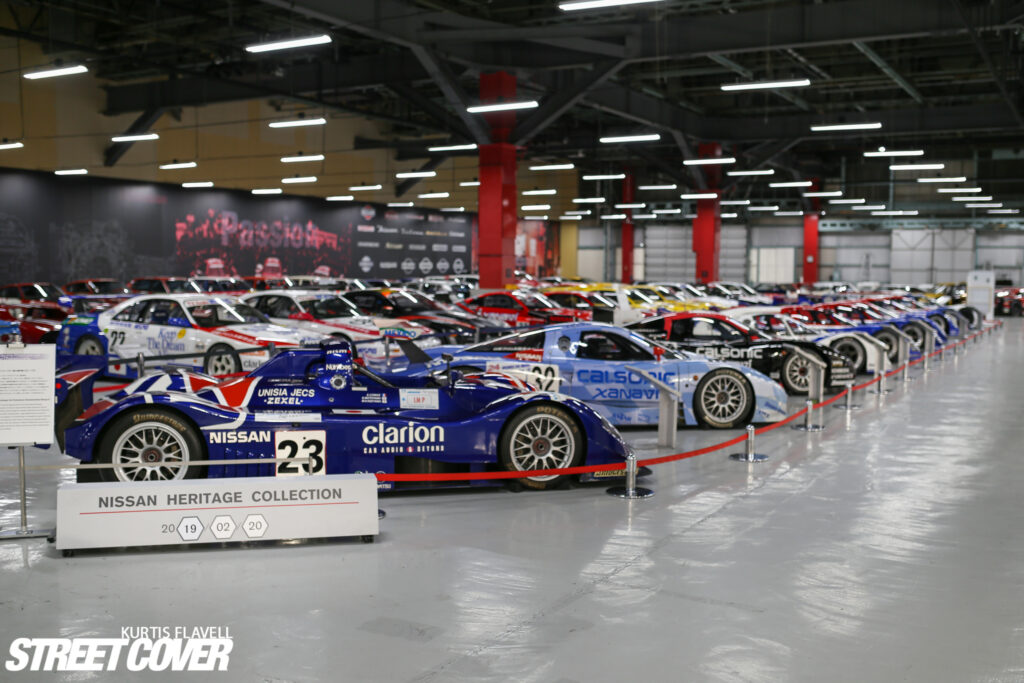
Considering nothing new is happening and looks to be the same for the remainder of the 2021 year, I thought id start digging through old hard drives of photos and create some new articles. This may make you miss travel even more then you already do, trust me I miss it a lot.
Back in 2019, I took my first trip to Japan with a list of things to do in 15 days. The list was huge, I created the itinerary, googled mapped places, travel routes, times to go and arrive at venues, the lot. I was very very thorough with my planning. Visit places like Liberty Walk, Nismo Omori Factory, Nissan Heritage Museum, RWB Head quarters, Attack 2019 at Tsukuba, Voomeran in Osaka, Mt. Fuji, Hakone, Hiroshima, Miyajima, spend a day exploring Tokyo, Kyoto and Osaka, Ride the Go Karts in the street (Maricar), visit Shibuya Crossing at peak times, visit Bingo Sports and Pagani, the list goes on.
For now though, This is a small story from my trip to Nissan Heritage Museum in Zama, Kanegawa, Japan.
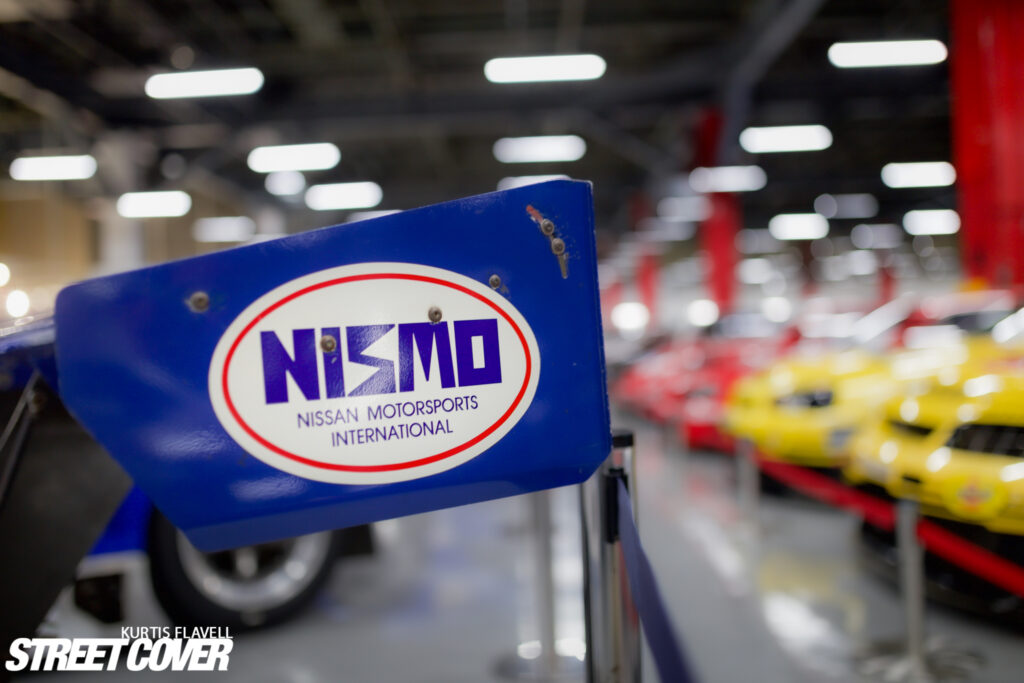
The Excitement
After taking the local JR east train from Shinjuku all the way to Atsugi station, transferring to the local network and getting off at Sobudai-mae, it was a lovely 40 minute walk through the country side to the Nissan factory. First thing that hit me was, “Am I in the right place?” Walking through what felt like farmland and more of a country town, yet with one large factory in sight. With very very little knowledge of where the entrance was located, I circled the block and eventually found the entrance, through very very poor English to Japanese translation asked the security guard if I was in the right place. After he directed me to the sign in sheet, it was apparent I was in the right place.
One quick internal bus trip from the main gate to the museum, one video briefing in Japanese (Sadly not understanding a word of the video), then a tour around the warehouse holding every factory released car, a host of race cars, rally cars, endurance cars and emergency/commercial vehicles.
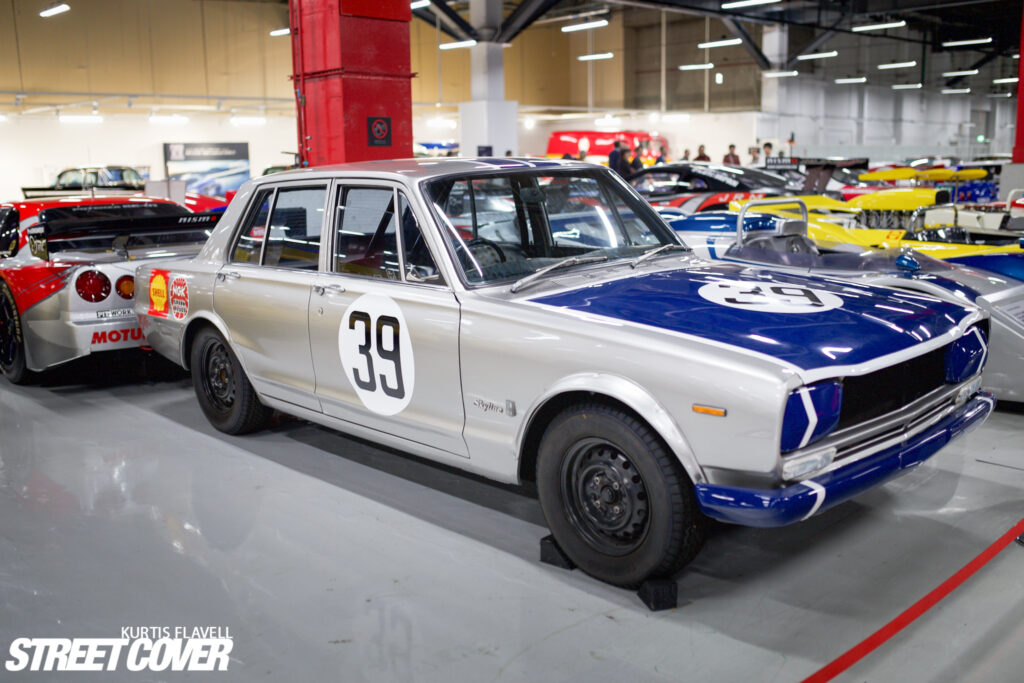
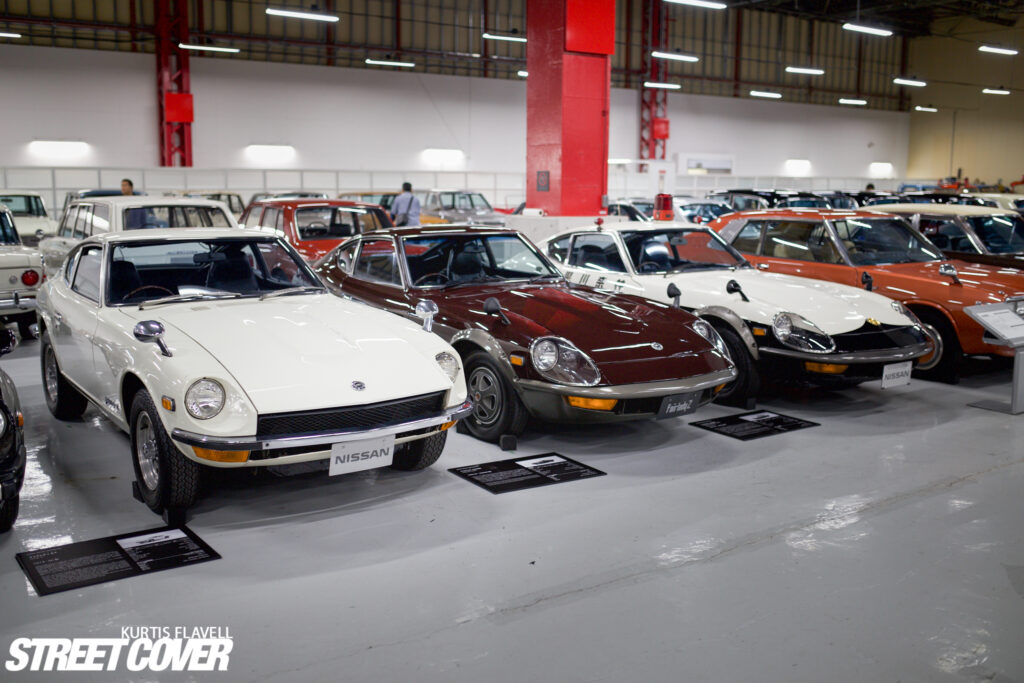
No matter where you looked, there was a car for you. Classic, modern, special, commercial. It’s all there. Something I had seen all over the internet was now in-front of me. This was definitely a pinch me moment. So many cars I had seen in videos, races I had watched on YouTube, coming together all in the one place. So many rare, one off and never seen before cars all located under one roof. There are a lot of museums around, without a doubt they are all unique and cool in their own way. If you love cars, more importantly, Nissan, this is the museum for you. With the above lineup including the police special 240ZG (Right), Fairly ZG (Centre) and 240Z (Left) all immaculate, dust free and perfect running condition. This gives you an idea of the level of quality that Nissan is proud of.
Here are some of my favourites.
Super GT
The fastest closed top race car that is loosely based on the road going cars (LMP Excluded) is the Super GT GT500 category. Before 2014 merger to create the Class One category, enabling the Super GT series and the DTM series to merge under the same rule set, the 2013 series was the last proper Super GT season. The 2013 Super GT chassis driven by Masataka Yanagida and Ronnie Quintarelli, powered by a VRH34B, was on display. This is a series I was hoping too see, and I was not disappointed. The low, aggressive yet sleek body, sharp angles and intakes, air dams to assist the aero, its easy to see why these are so quick in mid corner speed.
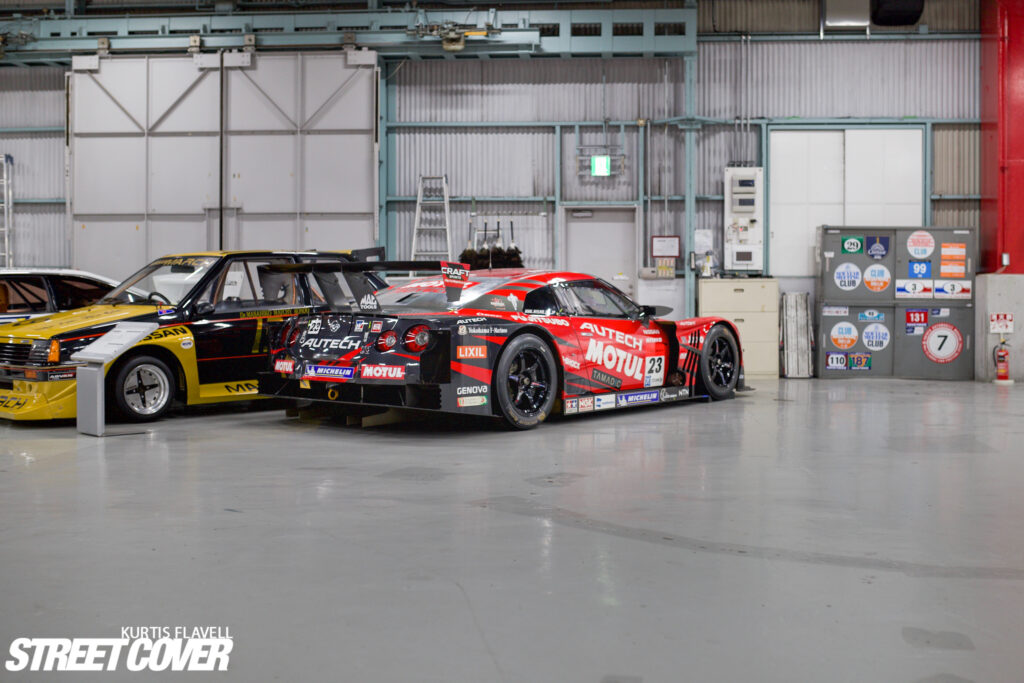
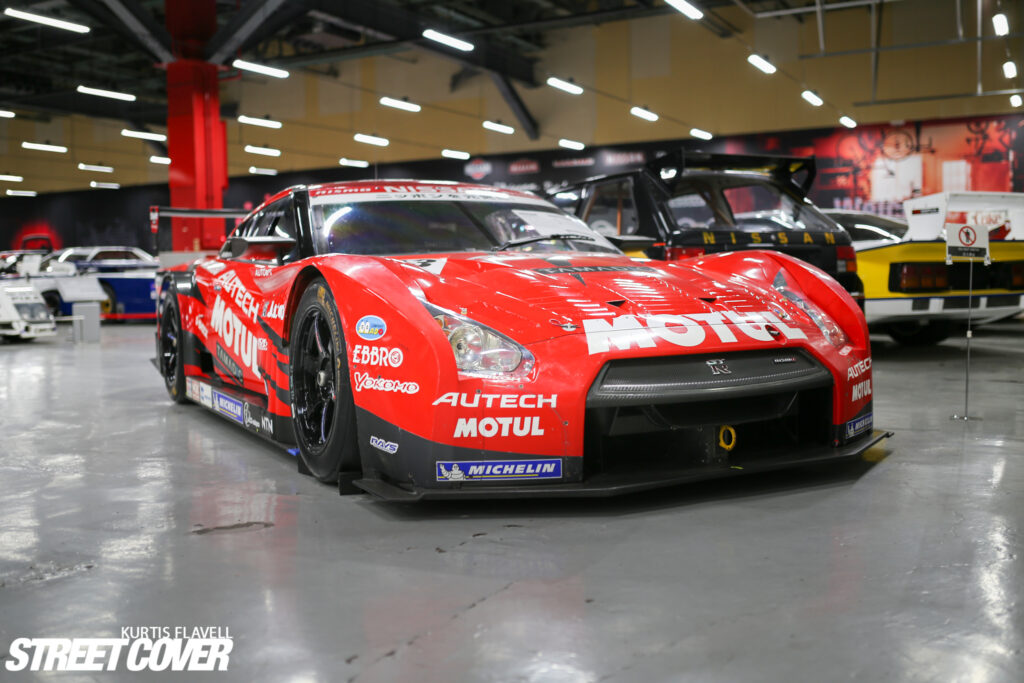
GT1
Following the demise of the GT1 series, Nissan having entered the GT-R. Sadly, the series would shrink and turn into GT3 category as we know it now. The GT-R didn’t have the chance to prove its full potential against the mighty Maserati MC12 that was dominating. Running the 2010 and 2011 season, powered by the VK56DE, the costs where mounting for a shrinking series. After finishing 6th overall Sumo Power GT from England in 2010, the 2011 season was far better. Having placed 2nd overall in the manufacture standings, the duo of Michael Krumm and Lucas Luhr driving for team Sumo Power GT would win the championship in the GT-R GT1.
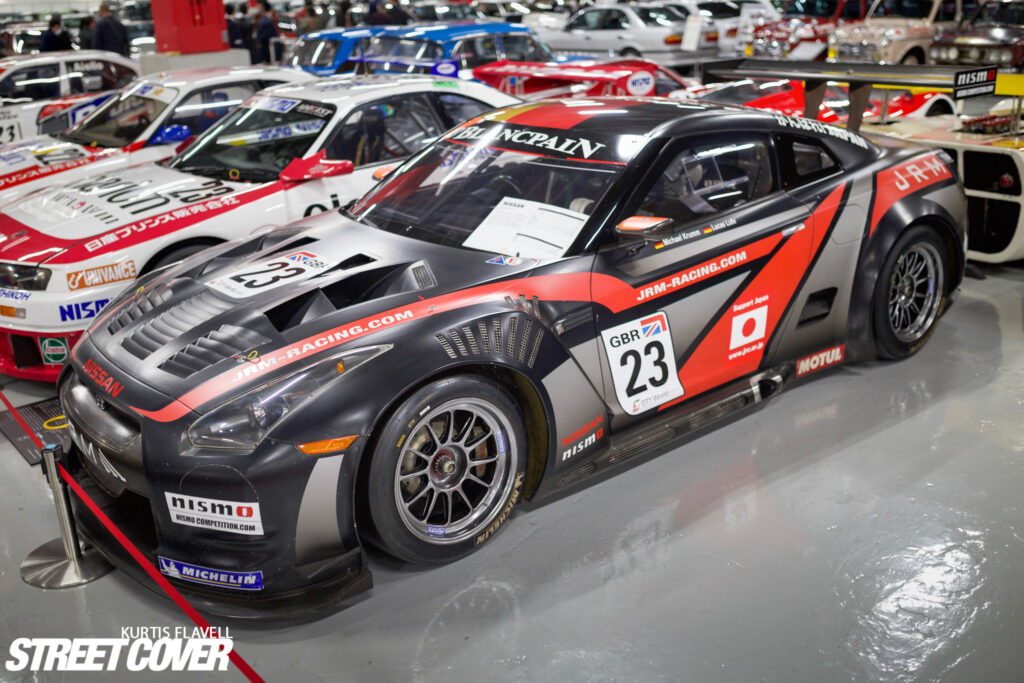
Rally
What about rally efforts? Nissan isn’t shy on that front. With a more historic view, the display was abundant. Datsun was in group B in the infamous years, fielding a Nissan Silvia 240RS. Being unfavored with the driveline layout of RWD in an era of 4WD, it was a hard task. Proven not to have the speed advantage, it was the durability advantage that came through. The ruggedness and the durability would come through in the events such as Côte-d’lvoire and the Safari rally. Driver Timo Salonen managed to steer the 240RS to second overall in the 1983 NZ rally. This was the best result of the 240RS.
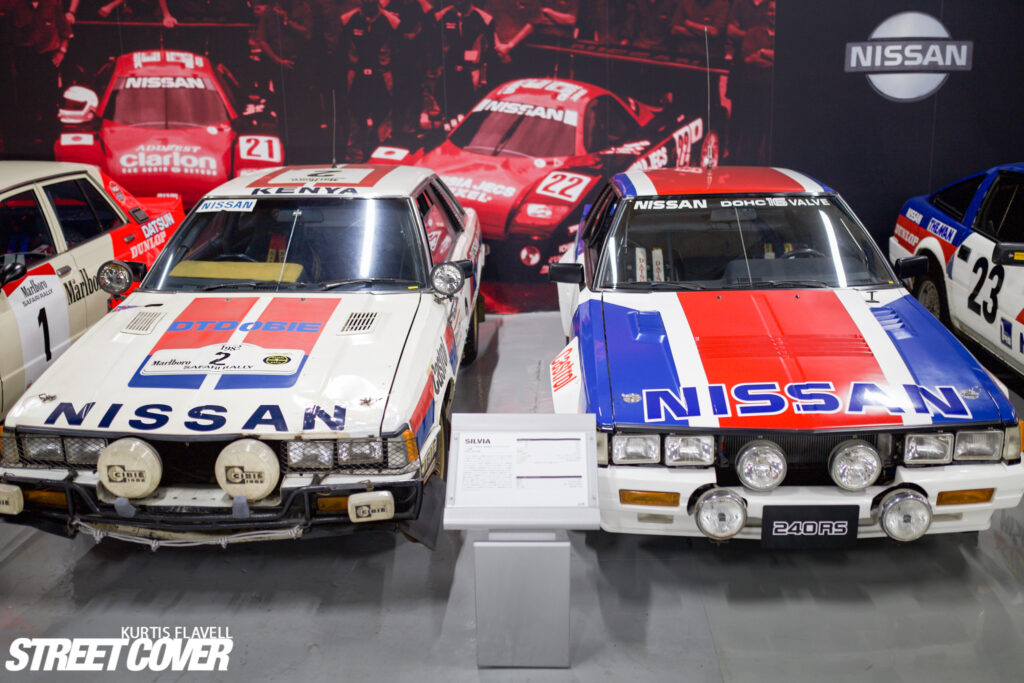
The 240Z set the benchmark for the 240RS. After starting the really journey in the 70’s, the success of the track led into the dirt path. In 1970, a Datsun 1600 SSS driven. by Edgar Herrmann (Kenya) and Hans Schüller (Germany) was outright winner. 1971, the pair returned but this time in a Datsun 240Z. This was a rally that consisted of 6200km, altitude from sea level to 3050metres above sea level. Temperatures from 40 degrees C to 0 degrees. This event was hard on cars and drivers. 1973 with an all Kenyan team, Shekhar Mehta and Lofty Drews, taking 3rd place. The 240Z had more than proves itself on and off road.
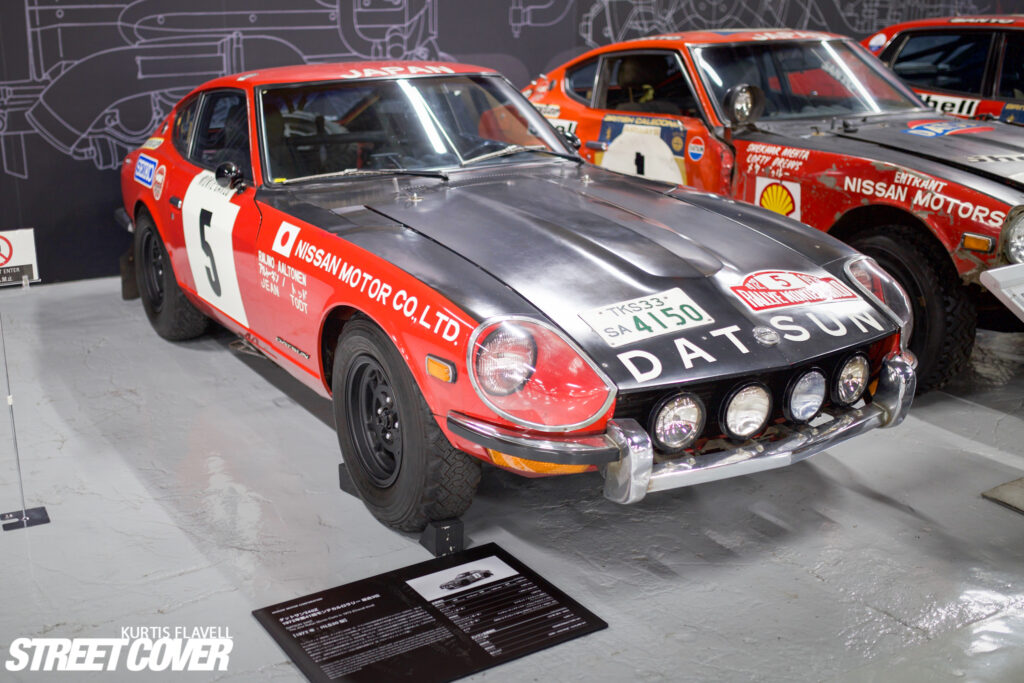
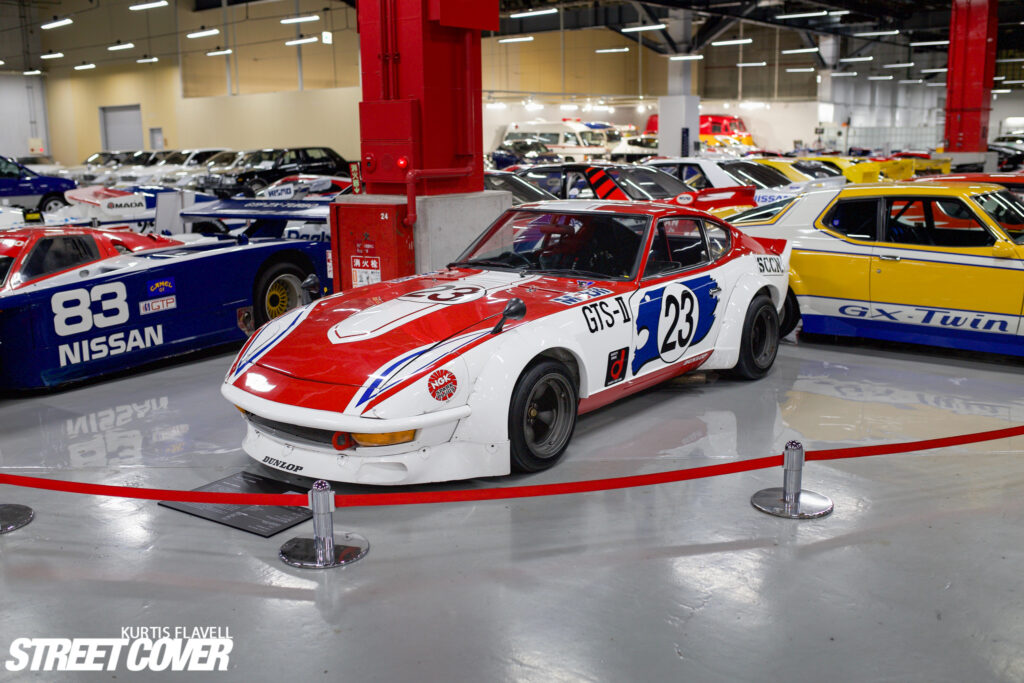
Group 5
Probably the most recognisable of the classics is the Group 5 cars. The “Super Silhouette” series. From the KDR30 to the KS110 and KY910. These monsters would tear up the track with their 4cyl motors punching out nearly 600hp.With a weight of approx 1000kg, these beast would take some time to get used to.
Starting out with the KY910, the bluebird that won the champion chip twice. 1980 and 1982 being the dominate years driven by Yanagida-San. The Bluebird displayed overwhelming power. Competing against its own rival, the KS110 Silvia. Driven by Hoshino-San between 1979 and 1984 sporting Formula 1 technology under the “production” like body. Powered by the LZ20B twin carb motor that would also go on to power the KDR30. Making its debut in the 1982 series, the KDR 30 would go on to win 2 races in 1982, 5 races in 1983. Driven by Masahiro Hasemi, this was a Frankenstein creation.
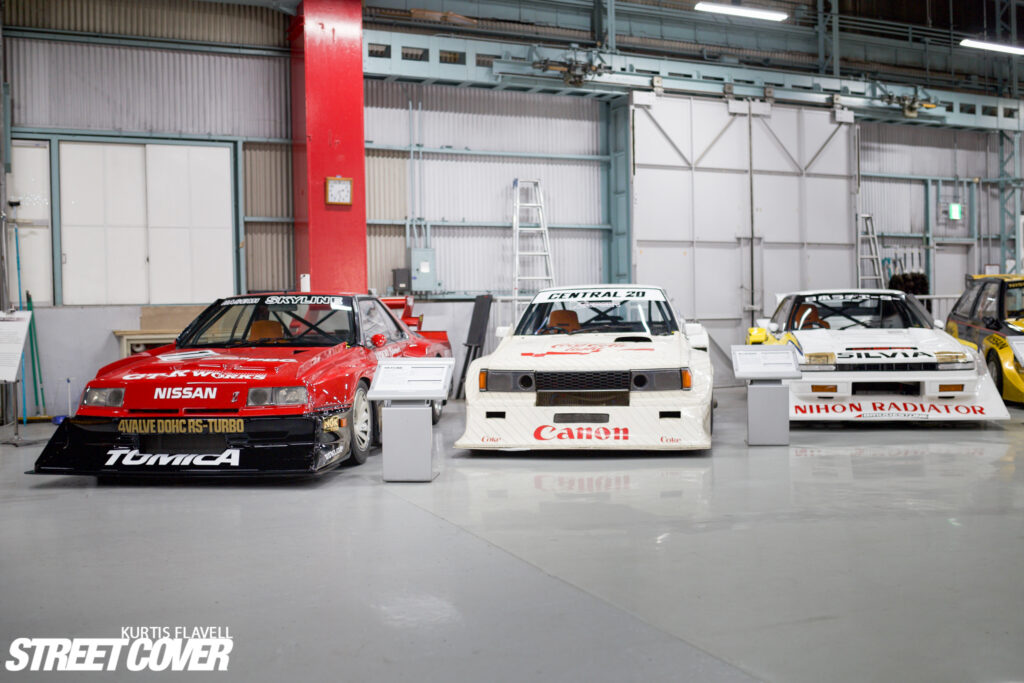
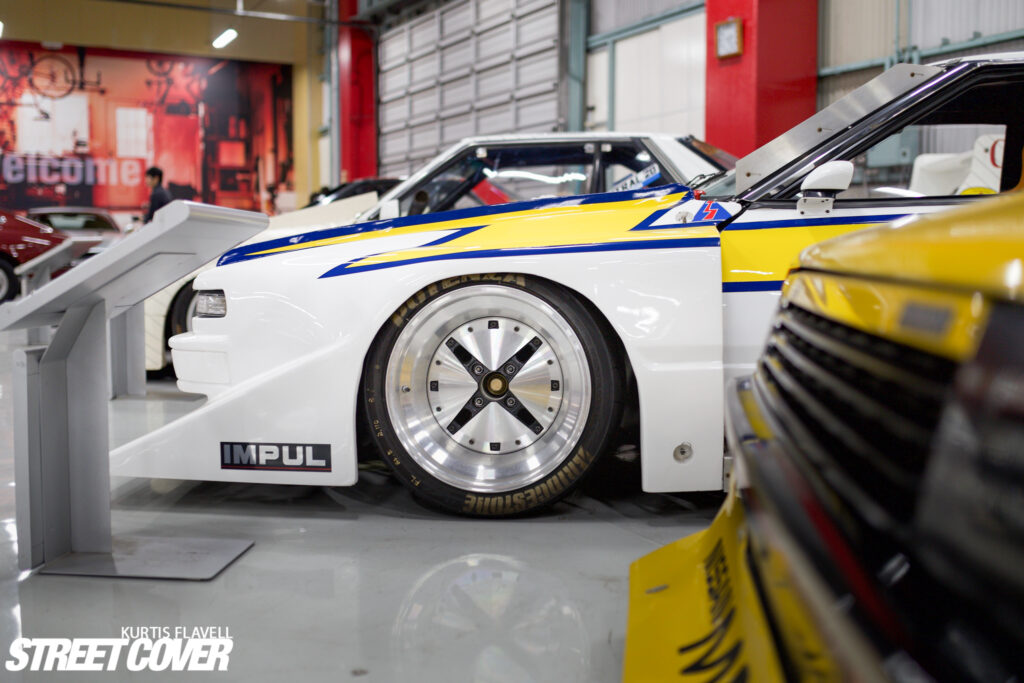
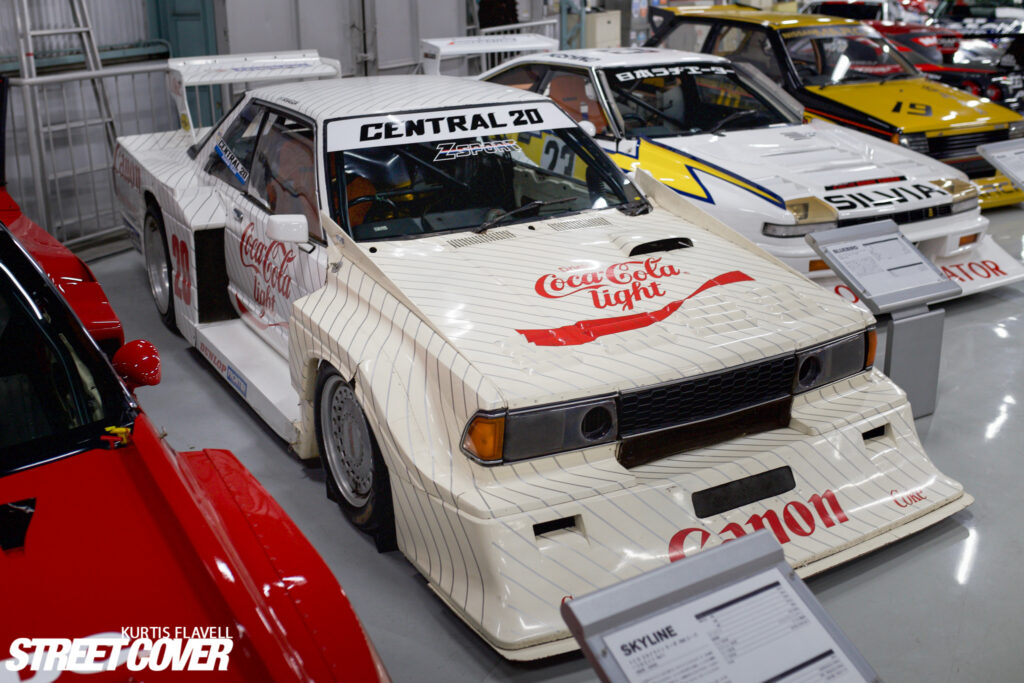
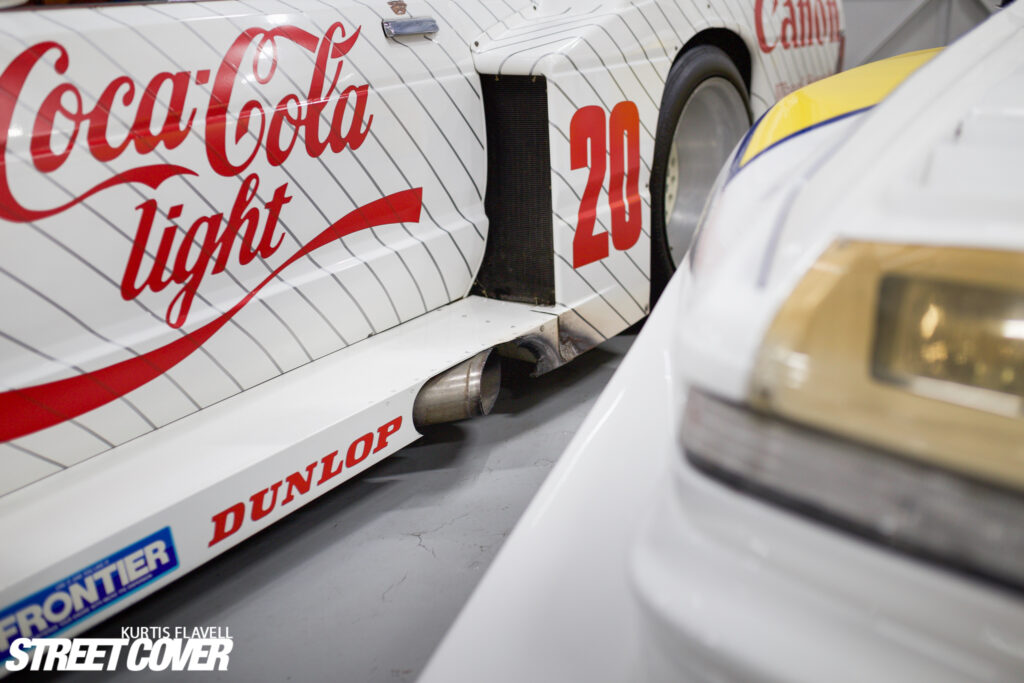
Endurance Racing
Having proven the track and dirt ruggedness and reliability, it was time to turn to endurance events. Starting in 1986, Nissan dreamed of taking victory at Le Mans 24 hour. With the two entrants, R85V and R86V taking the first attempt in 1986, weighing in at 880kg and punching out 680+ BHP, it was a mammoth task. The R85V had been competing locally in Japan throughout the 1985 season, giving it more data to use and analyse over the R86V.
Below is the R88C pictured alongside the R86V to the right
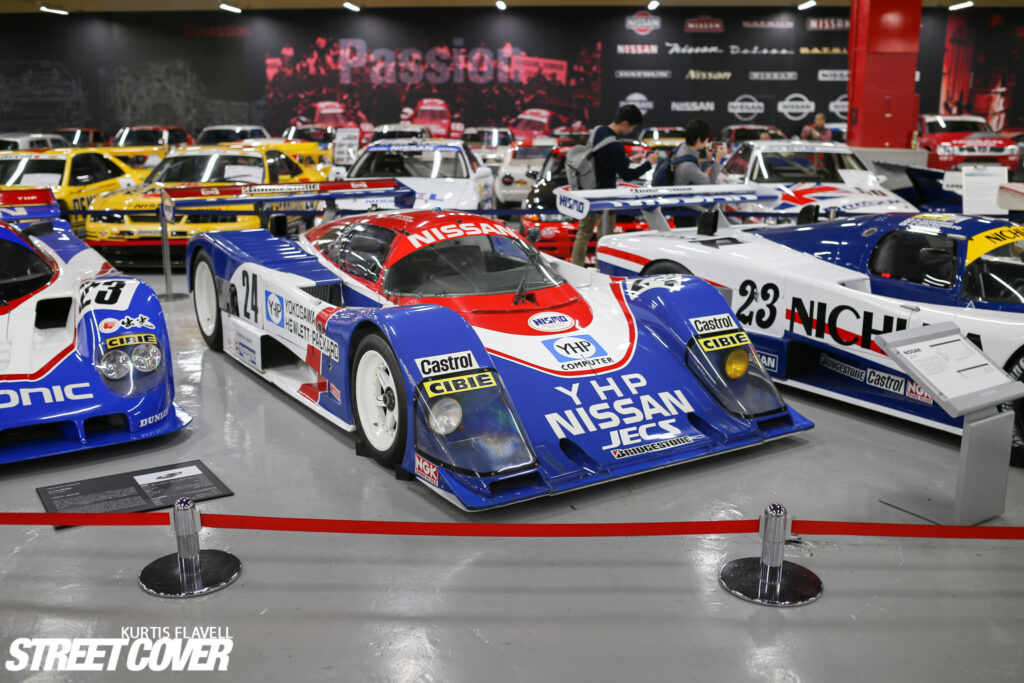
1990
1990 was the return, this time with a larger Nissan presence. 5 R90C variants including the R90CP (One entry from Nismo, 2 from North America) and R90CK (Both entries from The UK). A pair of RC89 also joined the field, totalling 7 cars under the Nissan flag. Qualifying was strong, a Japanese built R90CK under the British team took pole position. With a blistering top speed of 366km/h down Mulsanne straight. Unfortunately qualifying hopes faded in race. 4 of the R90 chassis where forced to retire. Leaving only 1 R90C driven by Masahiro Hasemi, Kazuyoshi Hoshino and Toshio Suzuki to place 5th over all.
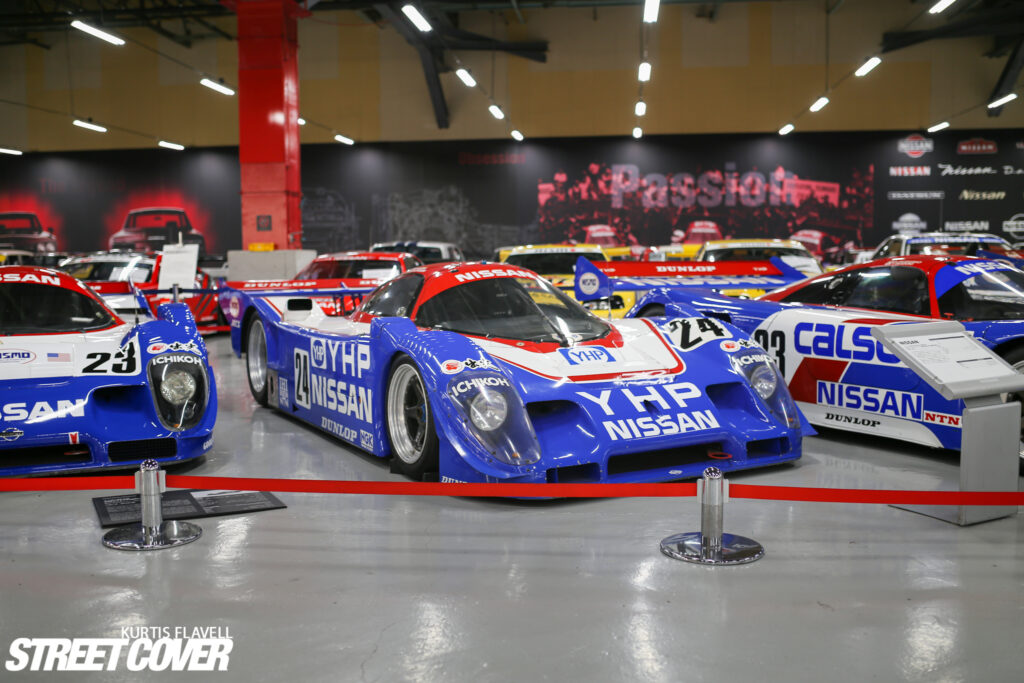
1995
Leading to 1995 and Nissan changed from LMP class to GT1 class. Fielding 2x Nissan R33 GT-R LM chassis. Named the Nismo GT-R LM, the two cars looked loosely like the road going R33. Racing in the GT1 category, the two cars where very different beneath the shell. LM #23 having a sequential gearbox and group A spec engine, LM #22 having a N1 endurance spec engine fitted and conventional H pattern gearbox. During the gruelling 24 hour race, car 23 had to retire due to issues, car 22 went on to come 10th over all. After starting 35th on the grid, coming 5th in class, it was a great effort for the first GT1 attempt.
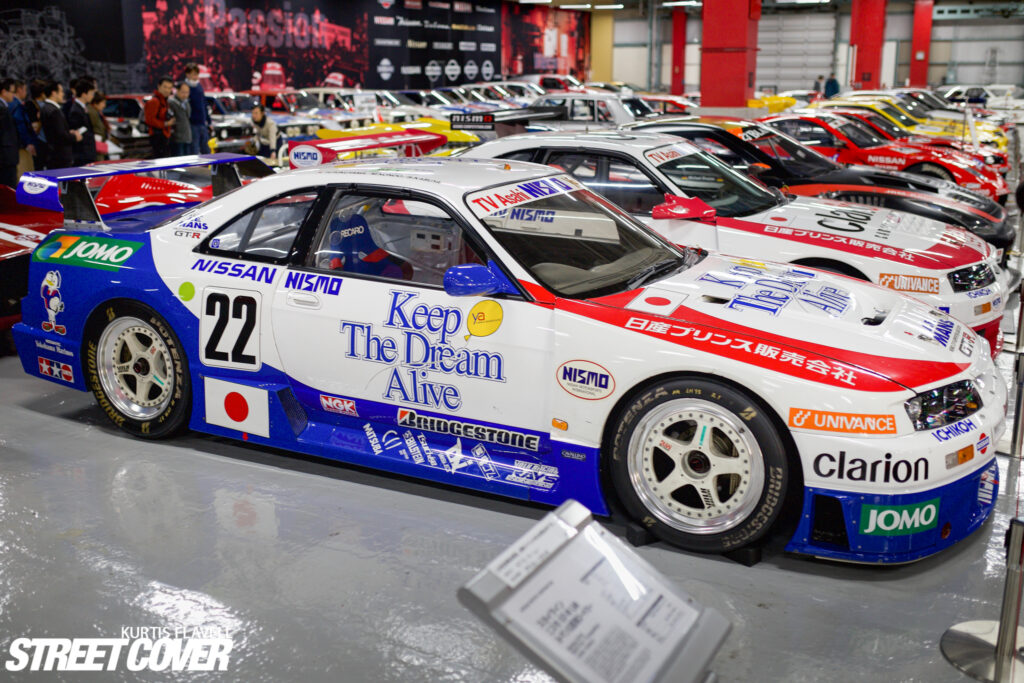
1997/1998
1997 and 1998 saw two new GT1 cars. Retired of the Nismo GT-R LM and in with the new R390 GT1. 1997 car was a short tail, carbon body, twin turbo V8 (VRH35L) from the R89C and co-developed by TWR, Tom Walkinshaw Racing. With the hopes of taking the 1997 over all win, Qualifying was looking good. Sadly due to an oversight of the rule book, the rear body had to be modified, this then causing issues with cooling of the gearbox. This further led to the early retirement of the 1997 R390 GT1. Having redesigned the rear body work for 1998 season, this rectified the cooling issue and also created the long tail that you would mostly see today. With 4 entries, all 4 cars would finish in the top 10, with one even grabbing 3rd place, Car 32 driven by Kazuyoshi Hoshino, Masahiko Kageyama and Aguri Suzuki.
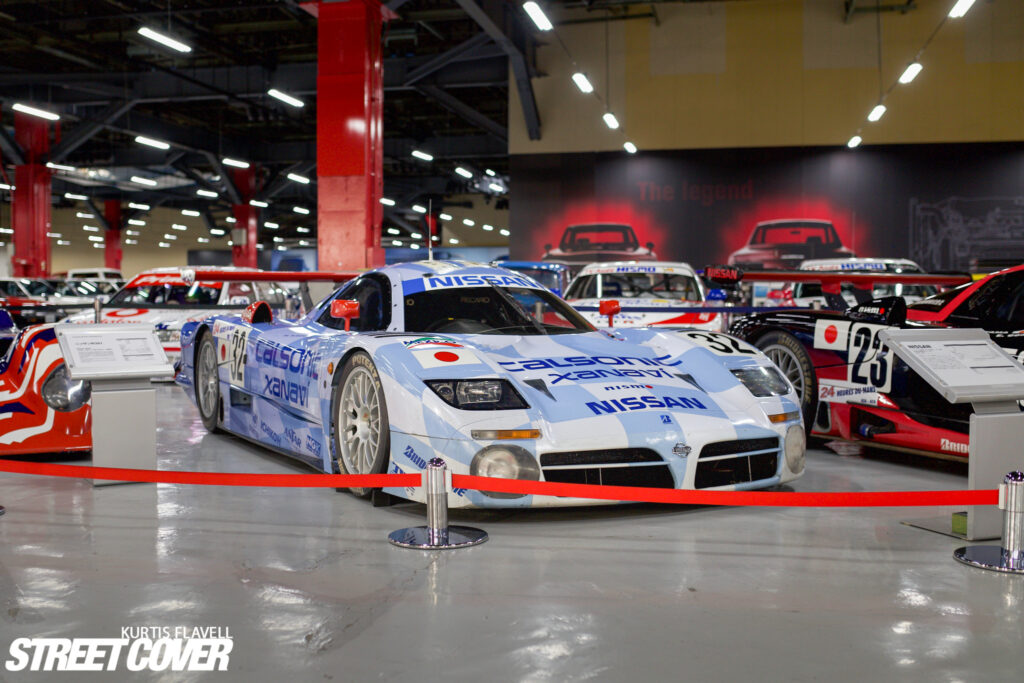
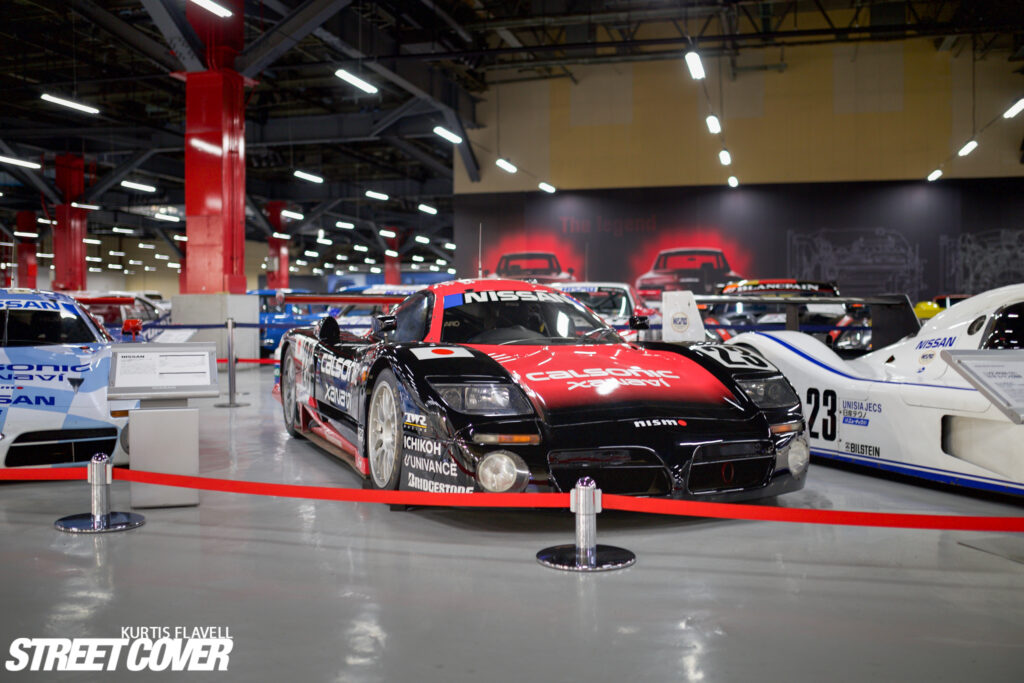
Notable Mentions
Some other notable mentions I found very interesting on display included the Nissan March K10 Super Silhouette. Firstly, I did not know this existed, secondly, look at it! Its stupidly aggressive, so unique, so cool that I had to do some research on this to find out more! 1.5L pushing 118kw, fat tyres and racing setup, I could only imagine what this little hatch would be like to throw around a track! Some may note that this has cues of Bosozuku styling, something that was very very large in Japan.
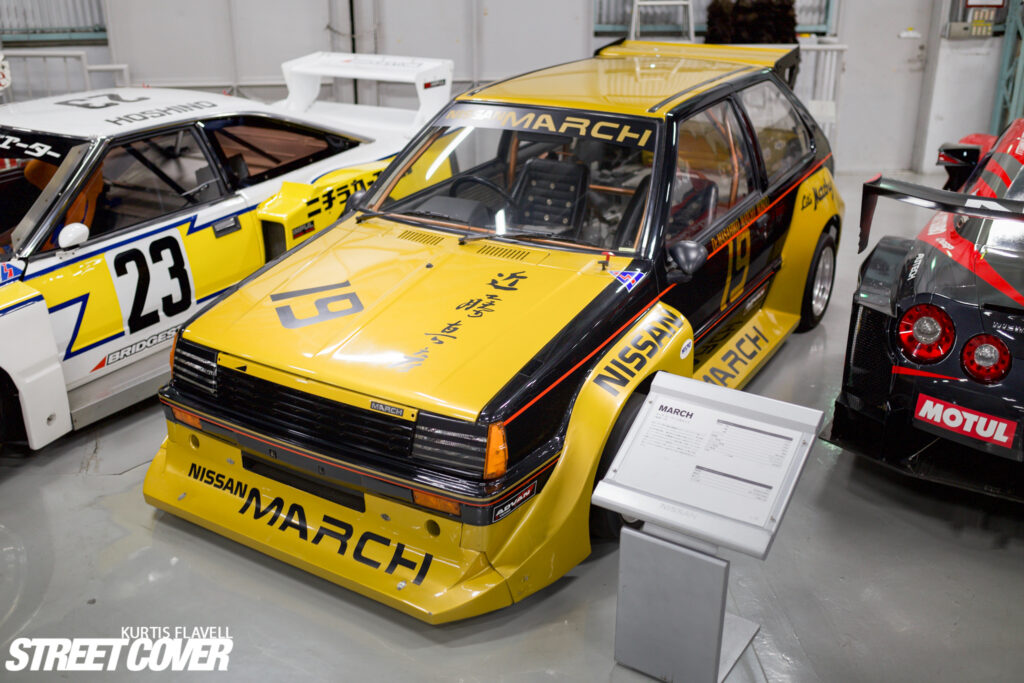
Another notable mention is the Nissan Primera GT (Pulsar in AUS). Racing in BTCC alongside the Volvo S40, Renault Laguna, Vauxhall Vector and Ford Mondeo, all restricts by a 2L, 4cyl motor, this was door to door racing. What amazed me about the BTCC example on display was the actual stance of the car. It was not low, yet the wheels filled the guards aggressively, the suspension was as stiff as a brick and the seat was mounted low. Powered by a SR20DE, the exact machine on display took home 13 out of 26 races, Winning the manufactures title, the drivers title and teams title in the hands of Laurent Aïello and David Leslie.
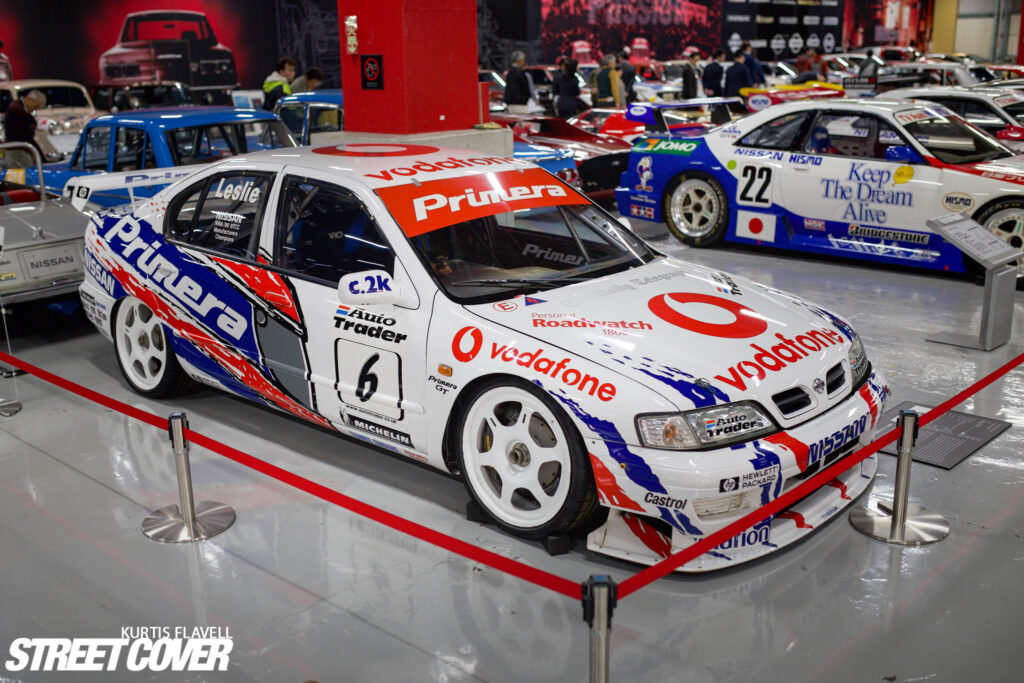
Last notable mention I would like to make is the Spa Francorchamps 24 hour R32 Group A. With the success of the JGTC victories winning 29 races, Nissan ventured to Belgium to take up one of the triple crown 24 hour races from 1990-1992. Driven by David Brabham, Anders Olofsson and Naoki Hattori in the 1991 race, the ZEXEL GT-R clocked up an impressive record. The highest speed and longest distance to date (1991). Showing the proper potential to the world of the almighty GT-R. Taking the victory after 3588km, another R32 GT-R finished 6th over all in the category Group N. Nissan held their heads high alongside the drivers of both cars.
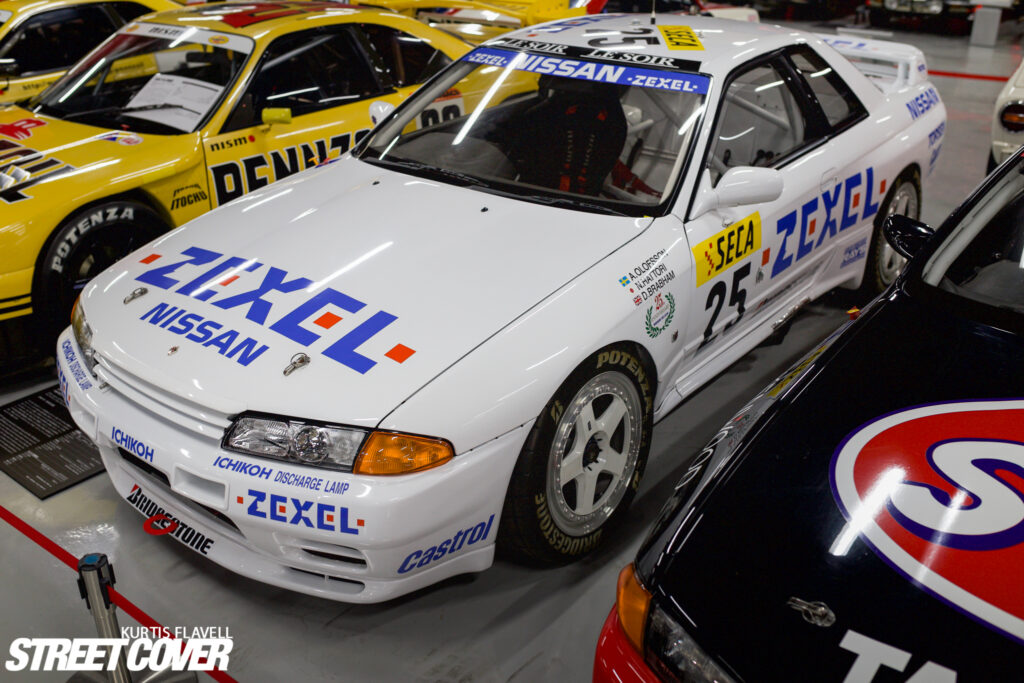
Overall
If you ever get to travel to Japan, or are planning to go soon. I strongly recommend making a booking and visiting the heritage museum. I spent the maximum amount of time allowed in the warehouse, and that was not enough. The raw and rich history is amazing. It is fine of the places I will always talk about and always listen to stories about what people found. I can’t wait to go back myself personally, and can not wait to see what they have on rotation during my next visit. A big big thank you to Aaron Mai for helping get me in touch with the right people to speak to for this, helping make a bucket list item come true.
